I have created individual pages for the first 5 days of this amazing adventure. You can get to any of these pages using the links you will find if you CLICK HERE. That page also has a link that will get you to a page showing the numerous species of mammals and birds I photographed in the Pantanal of Brazil.
The remainder of this blog post gives a very brief summery of each day of the first 5 days.
Day 1
The Pantanal wetlands are very flat and mostly underwater part of the year. But we went in the dry season when the huge ranch lands were dry, the days were hot, typically in the mid-90s, and clouds were few. But before dawn from my hotel room in Cuiaba, I saw some Kevin-Helmholtz clouds. A great start for the trip.
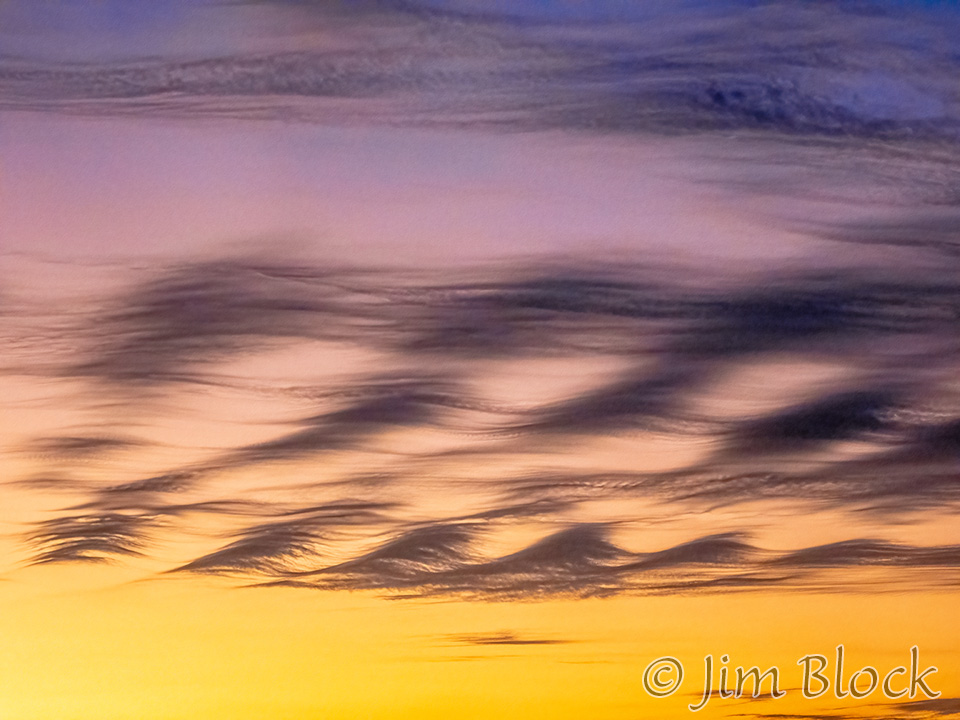
After passing through the small town of Pocone, we would be on the Transpantaneira road for the next two weeks. The Transpantaneira from Pocone to Porto Jofre, where it currently ends at some huge rivers, is 91 mi. long and crosses 122 wooden bridges. Some of the bridges are old and somewhat marginal. If a truck gets stuck on a bridge, it can be a long wait for help. The Transpantaneira is flat, dusty, and bumpy.
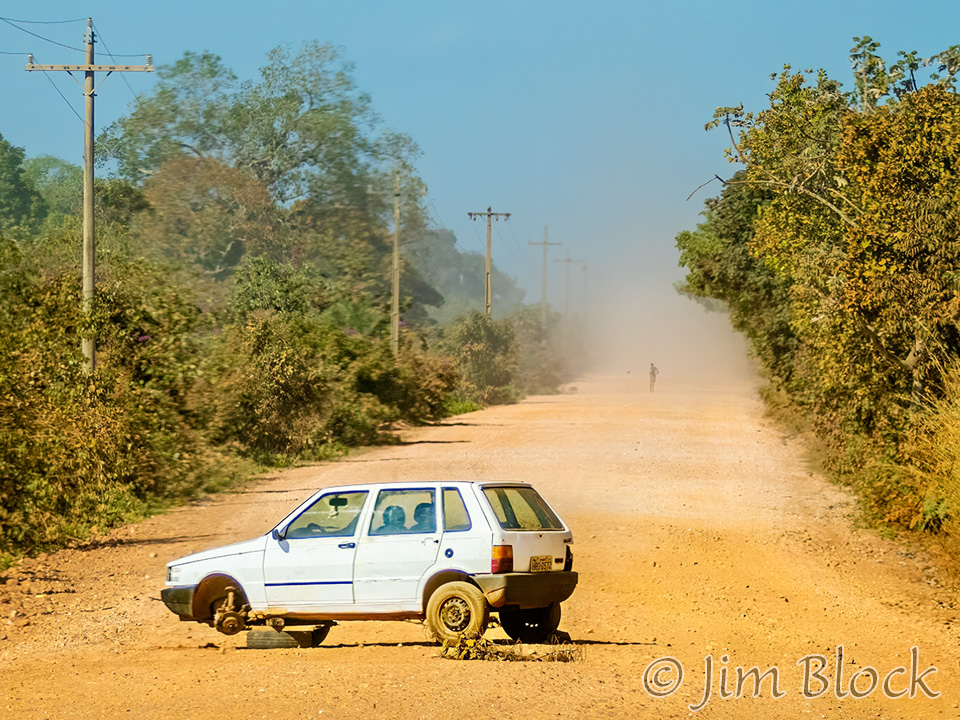
We stopped along the road before reaching our first lodge and photographed a number of birds in flight, including:
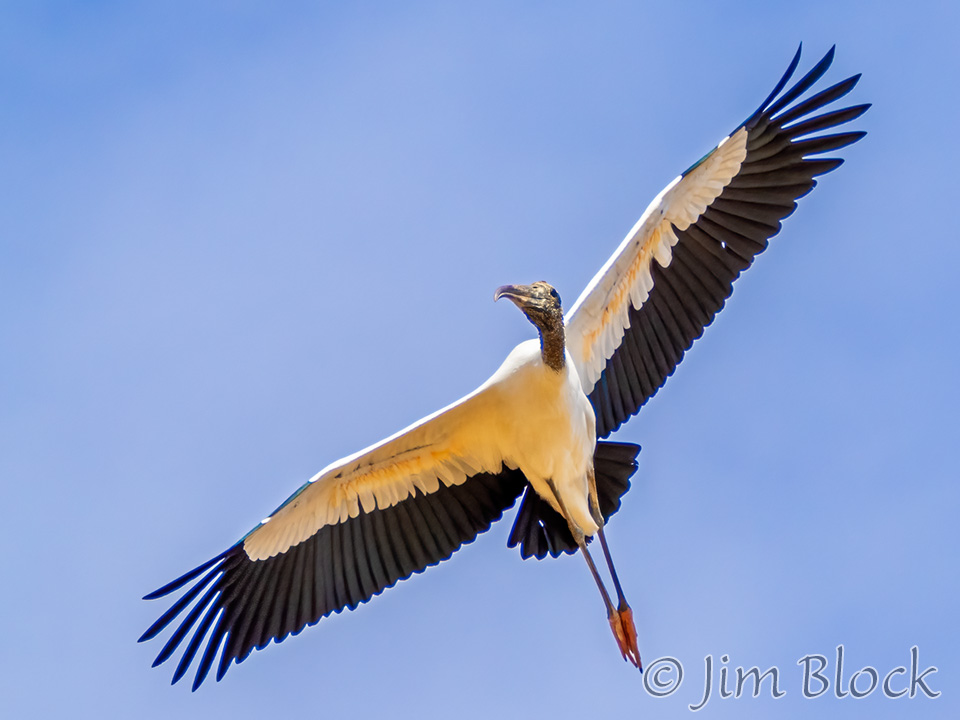

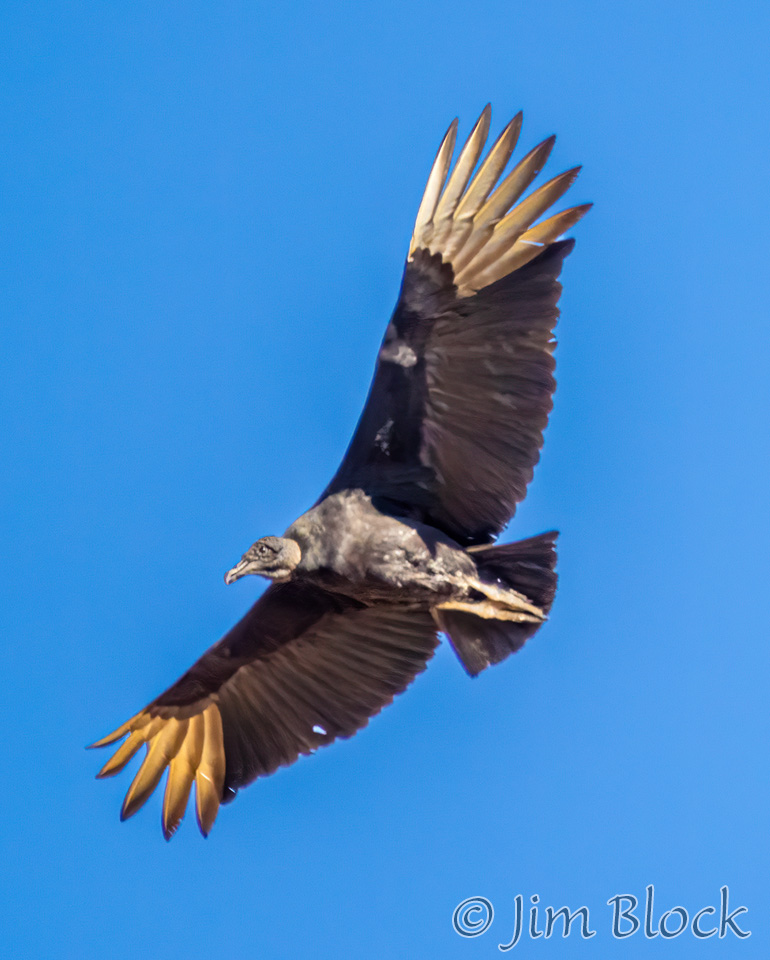
At our first lodge we photographed species I had never seen before …
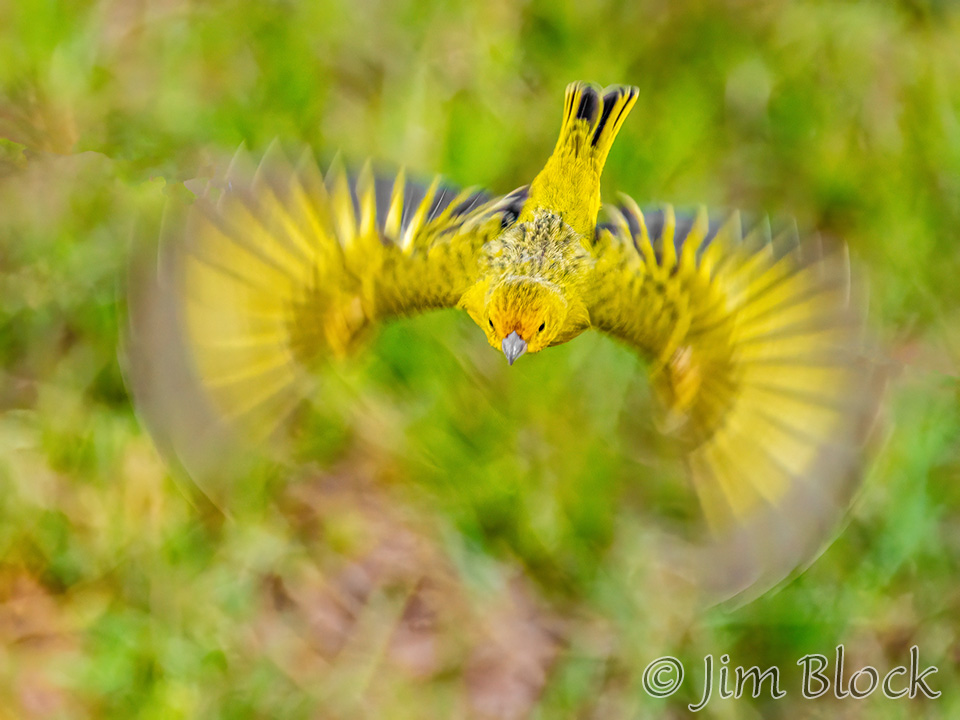
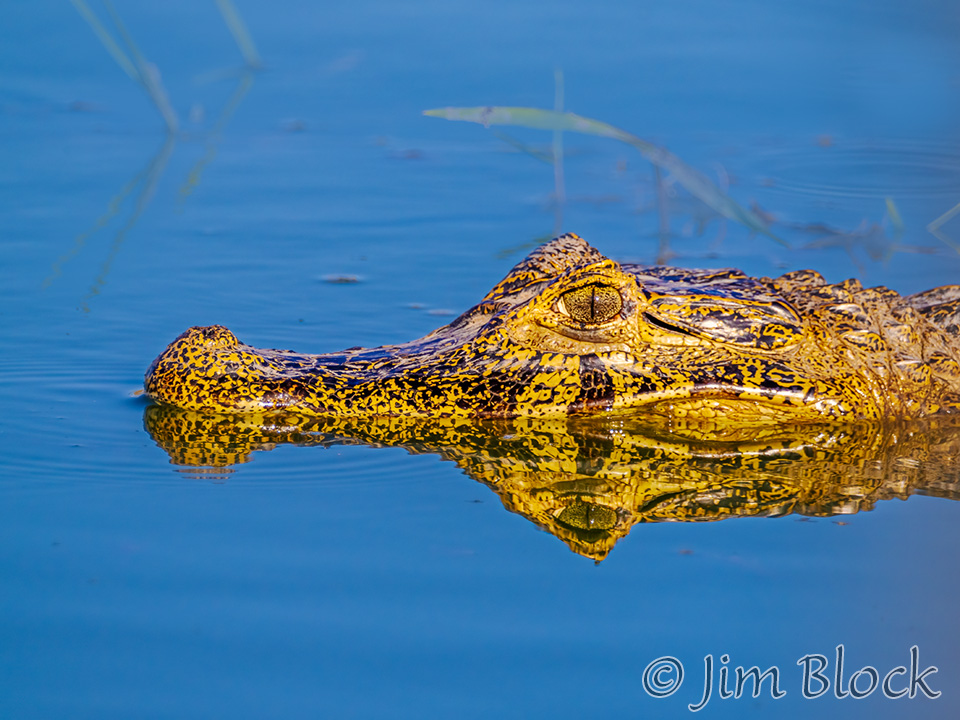
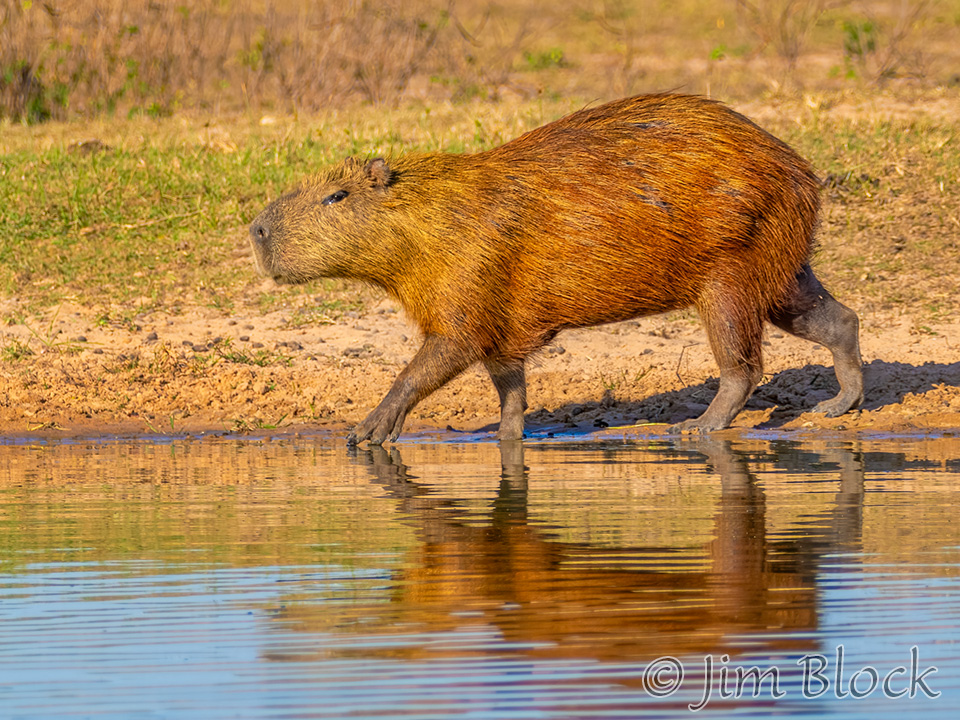
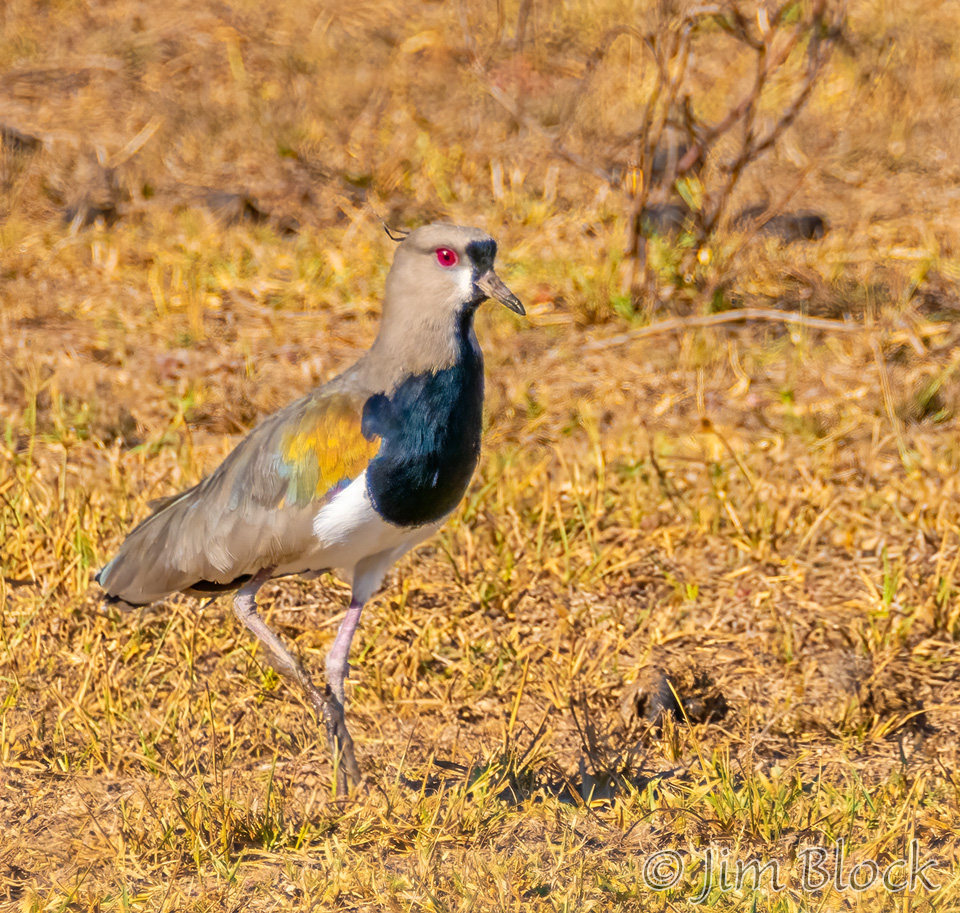
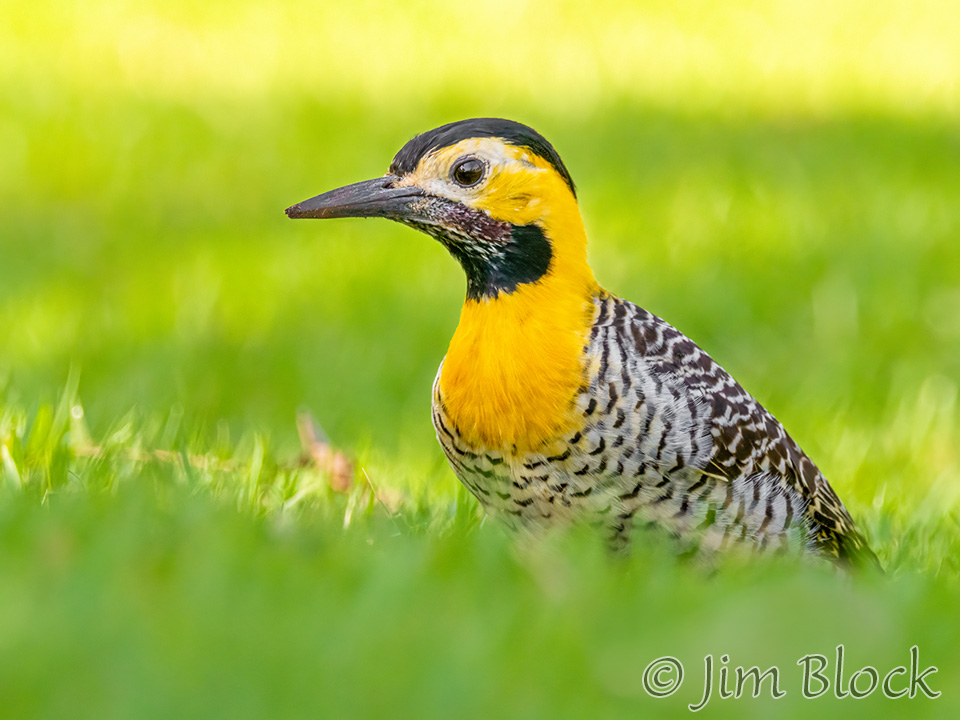
We hiked several miles late afternoon …
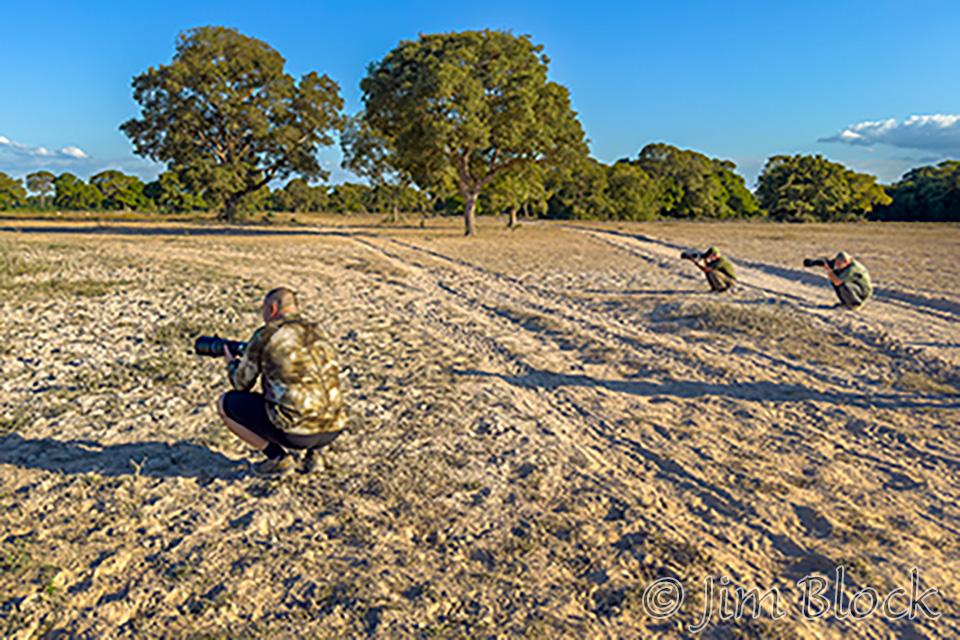
… photographed some Monk Parakeets …
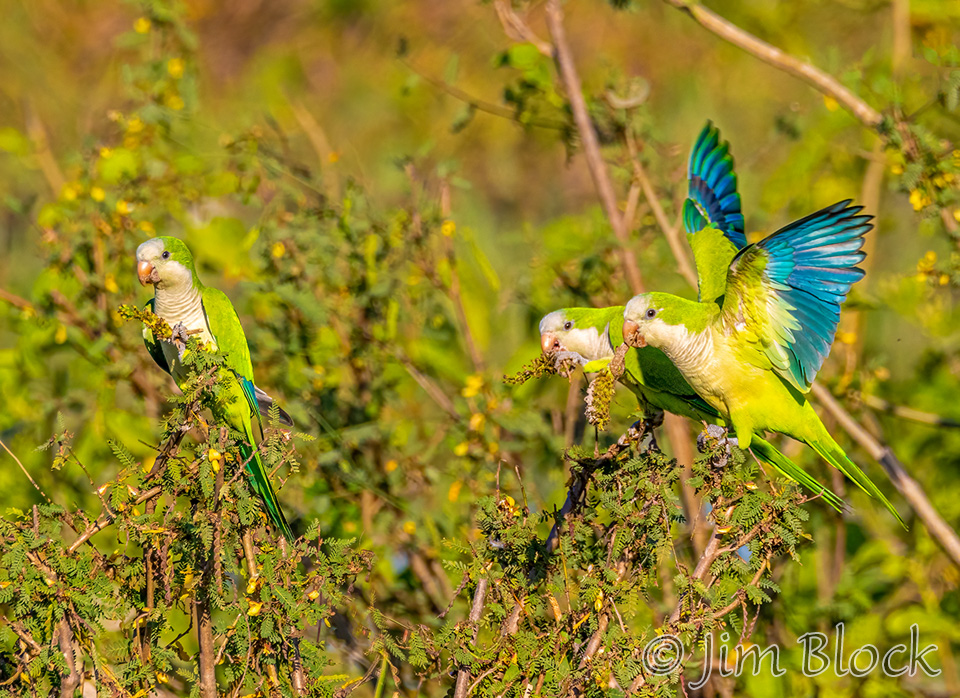
… and climbed a tall wooden tower to view the sunset.
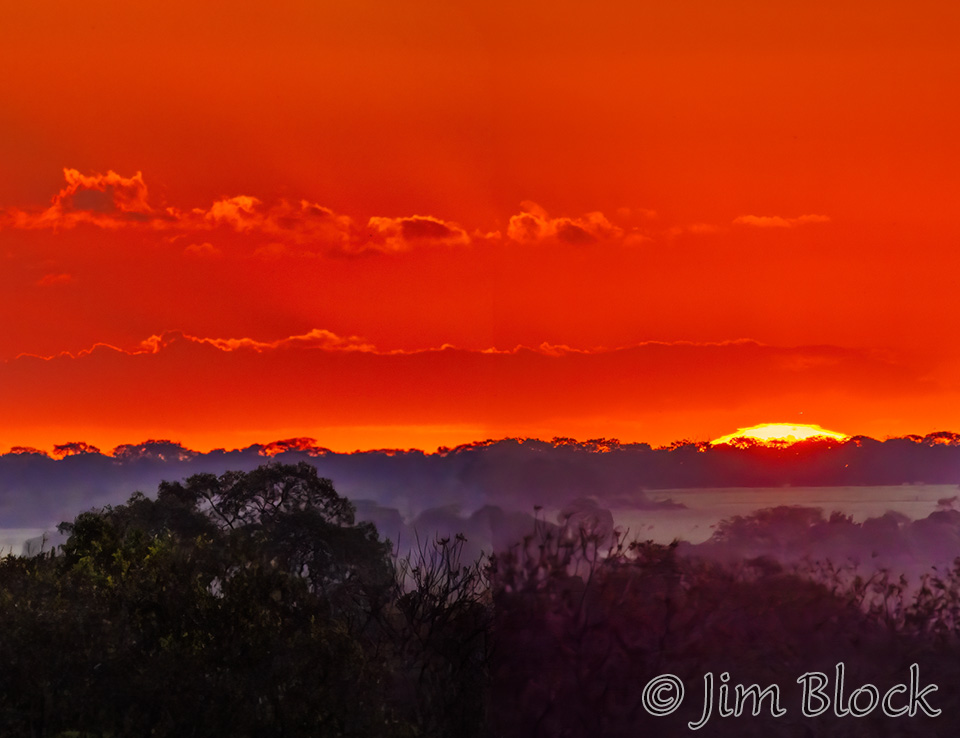
Day 2
Our leader, Petr Bambousek from Czechia chose our first lodge hoping to see Giant Anteaters. We found one early morning. Out of focus in front of the anteater is a termite mound — one of many in the area. The anteaters dine on termites.
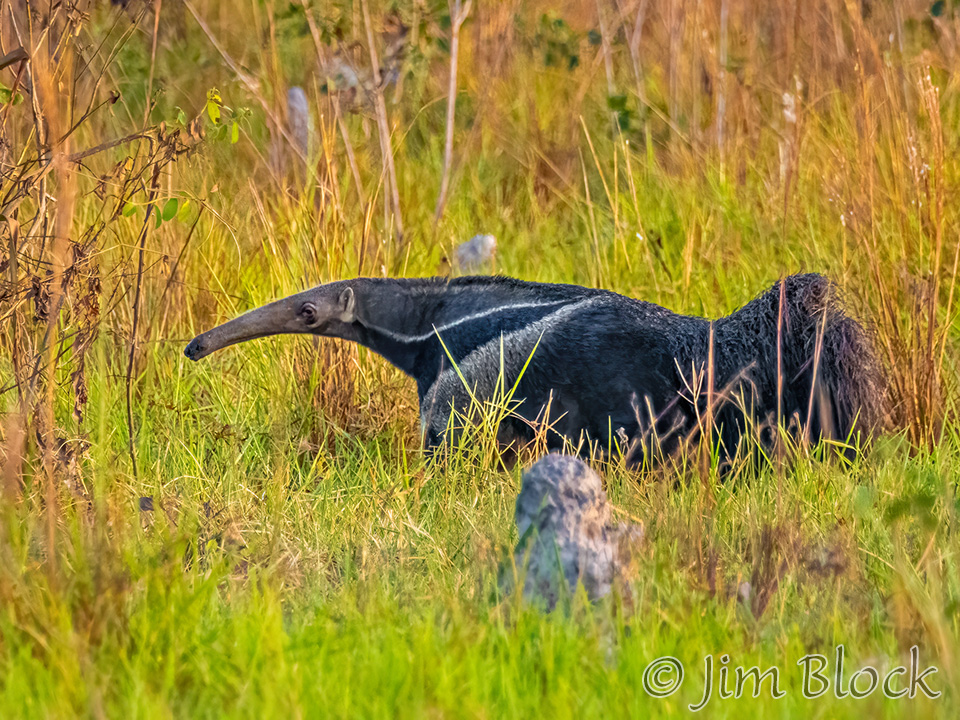
After breakfast we drove to a Jabiru Stock nest, but before we got there we saw our first Sunbittern. It is a somewhat drab bird when feeding on insects and aquatic invertebrates, but when they fly, spreading their wings and tail, they reveal the spectacular sunburst pattern for which they are named.
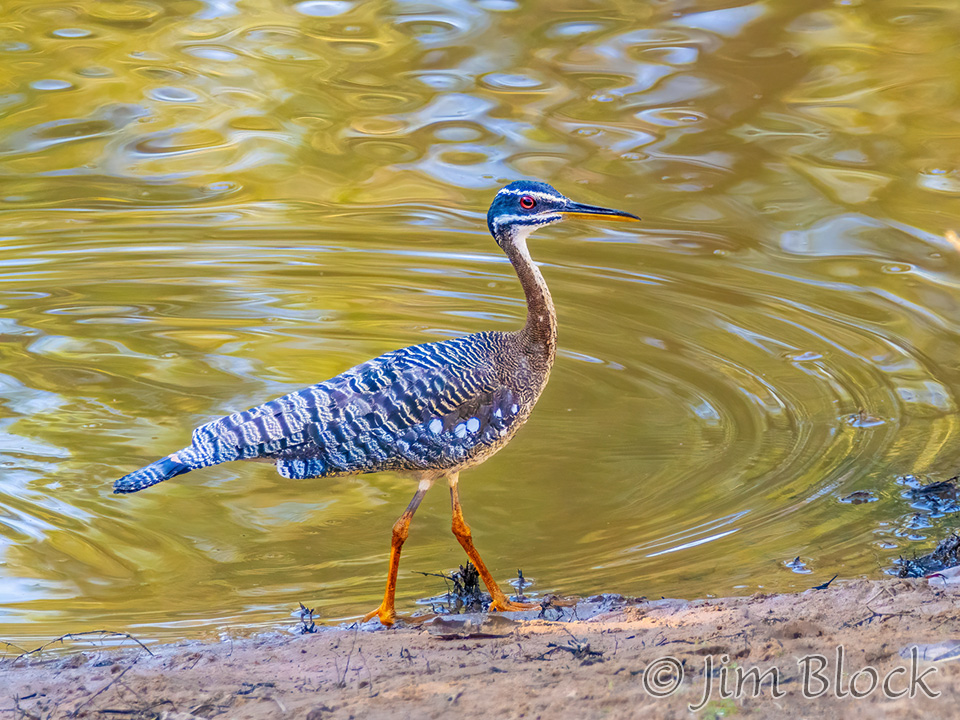
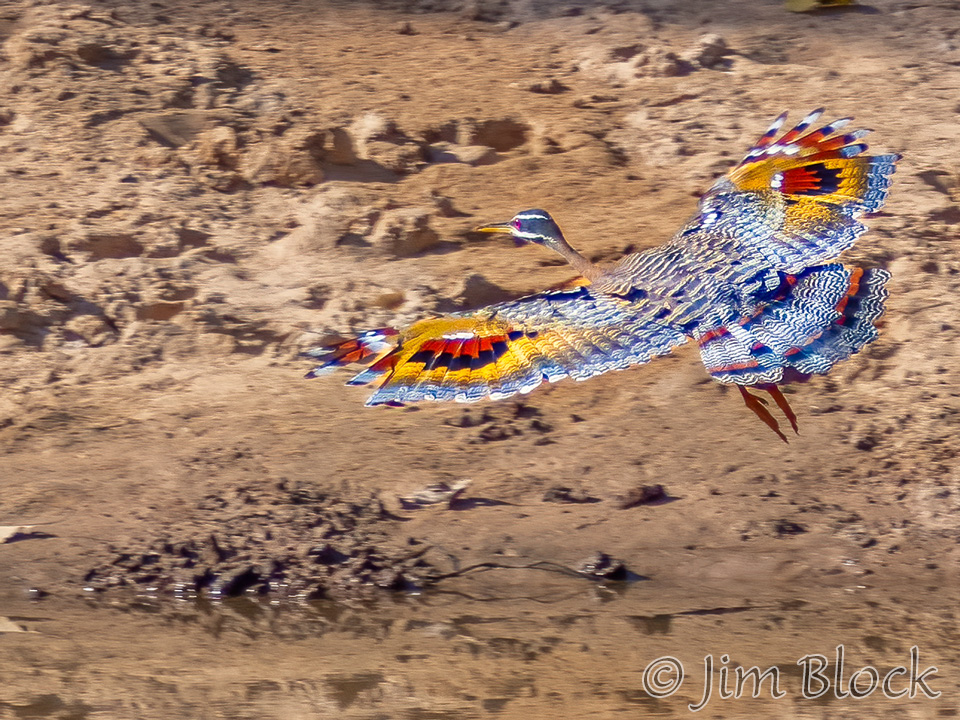
A Jabiru Stock stood on its huge nest high in a tree.
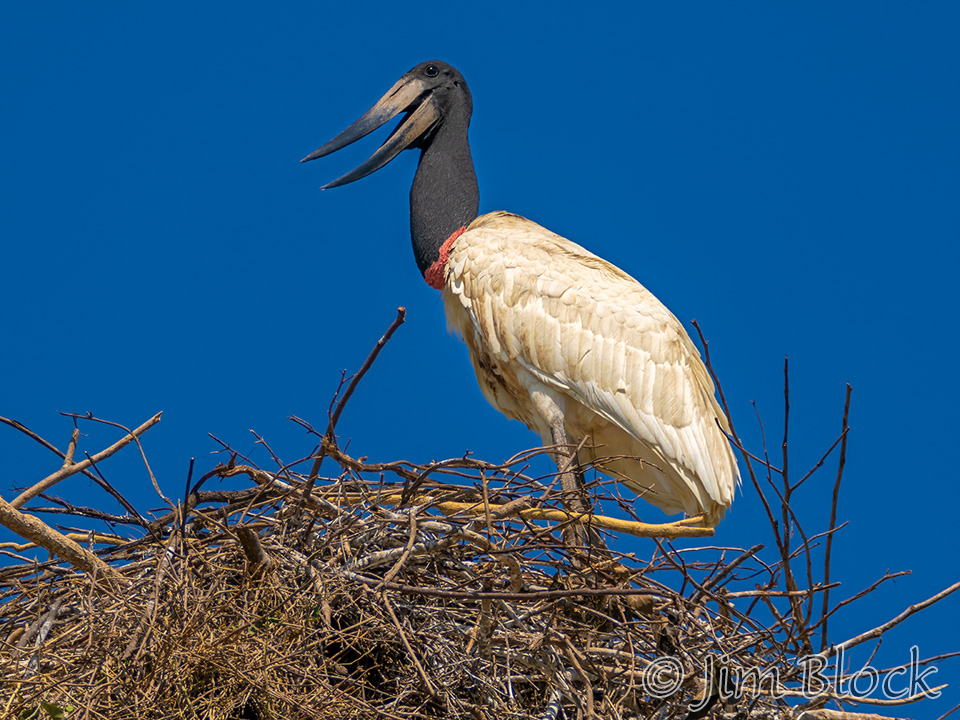
Many pairs of Monk Parakeets were nesting below the stork in the tangle that made up the nest.
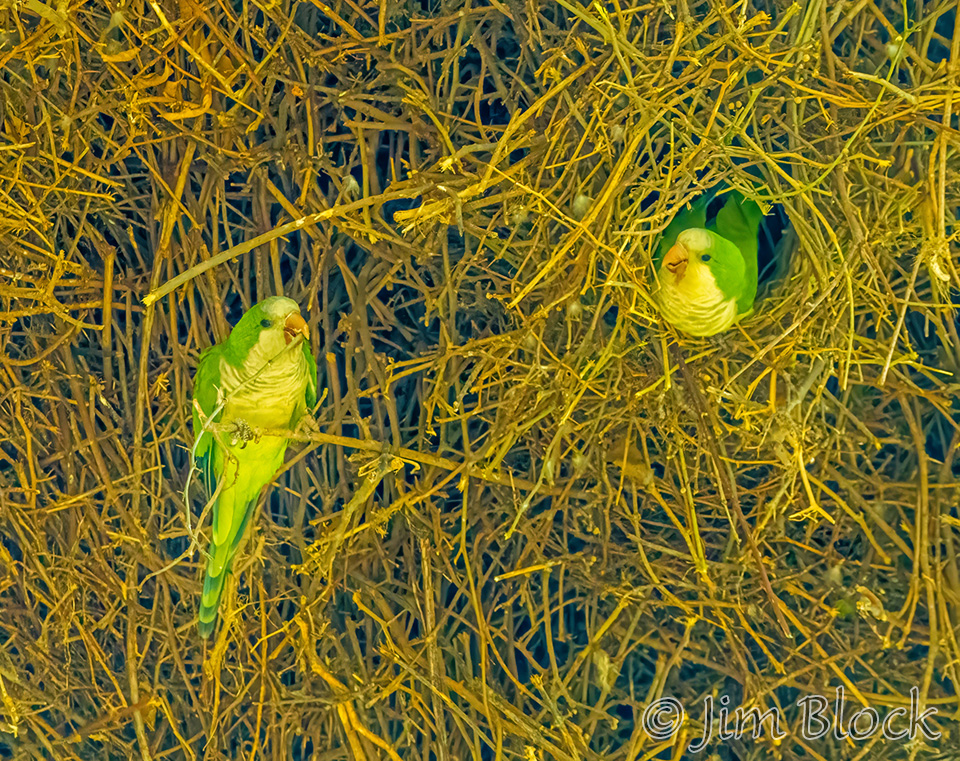
Nearby a Black Vulture landed on a tree.
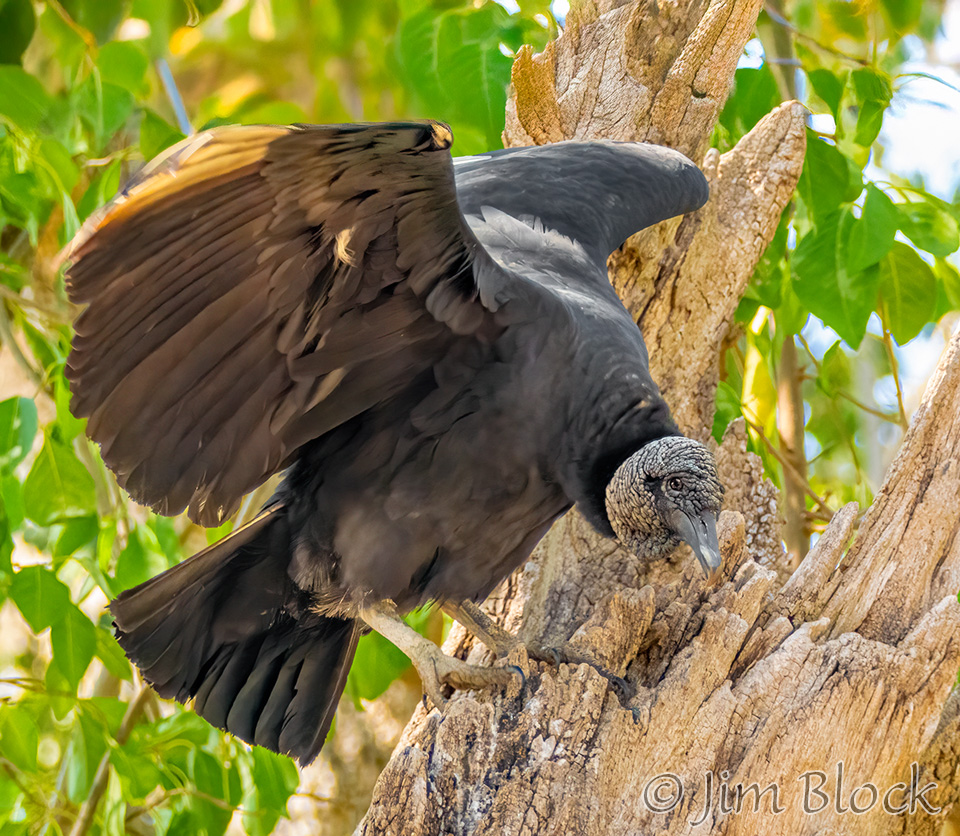
And in the adjacent woods, black (male) and gold (female) Howler Monkeys entertained us.
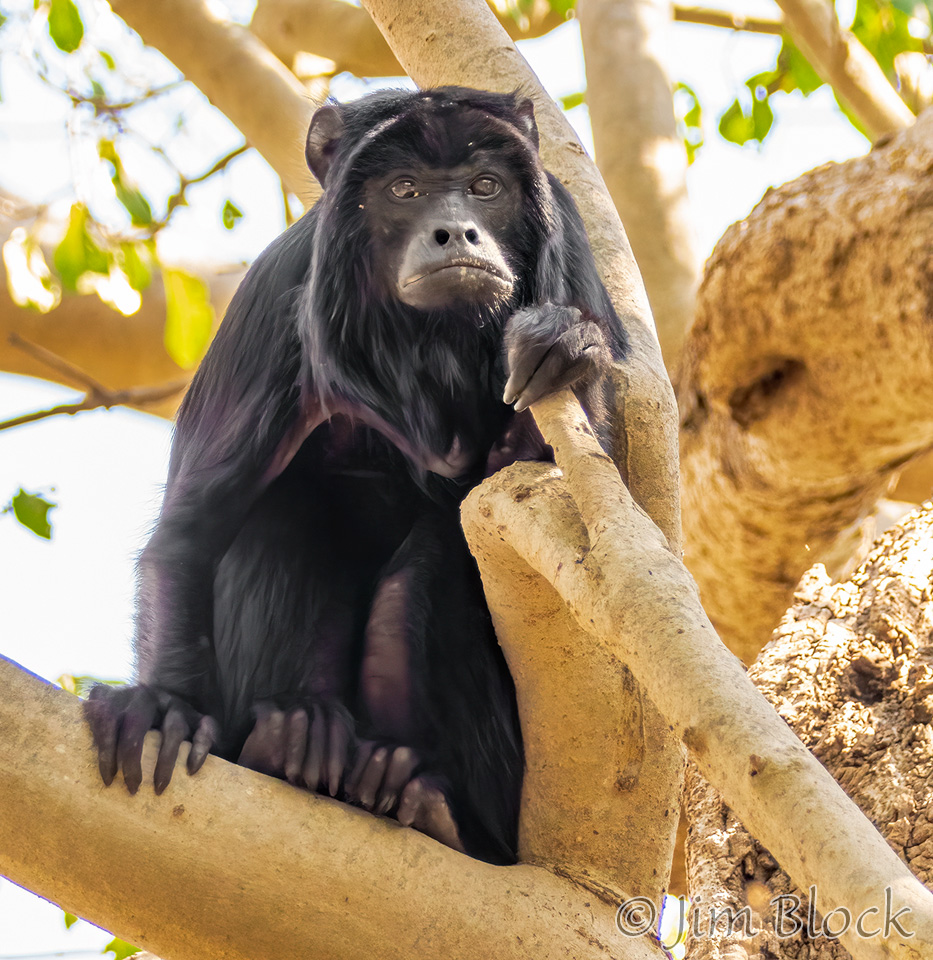
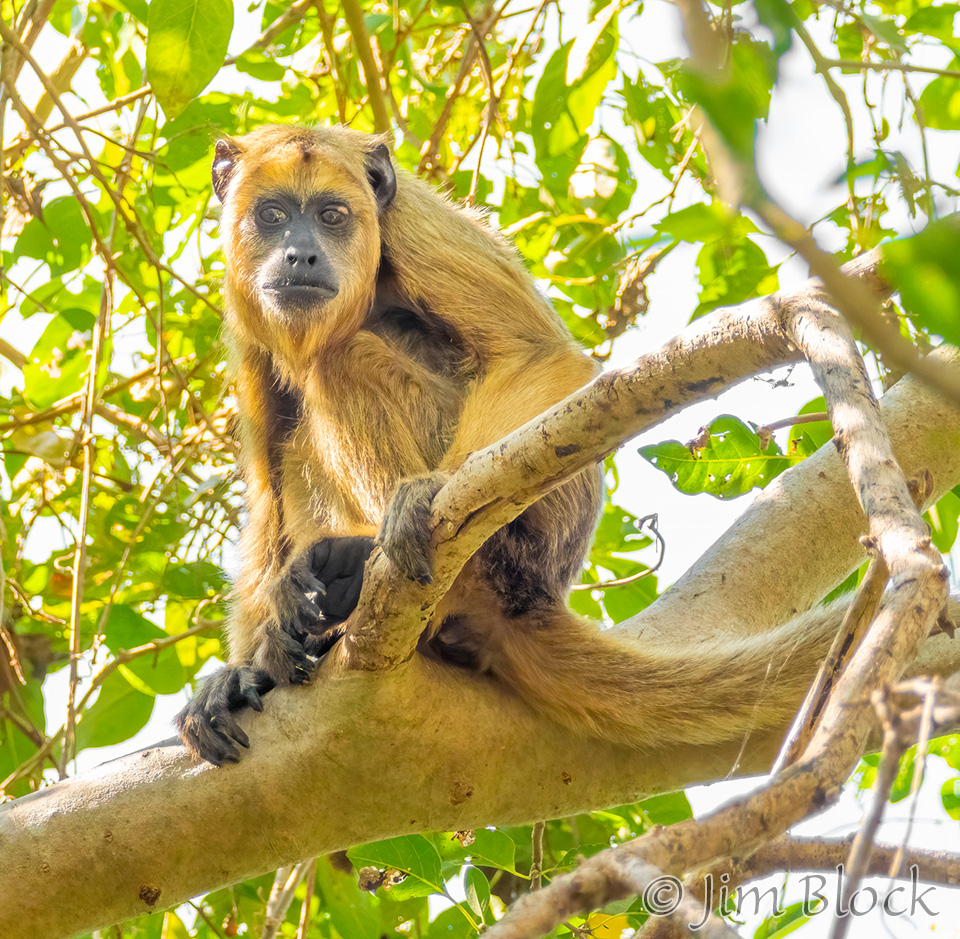
Also in this small wooded area we saw an Azara’s Capuchin Monkey.
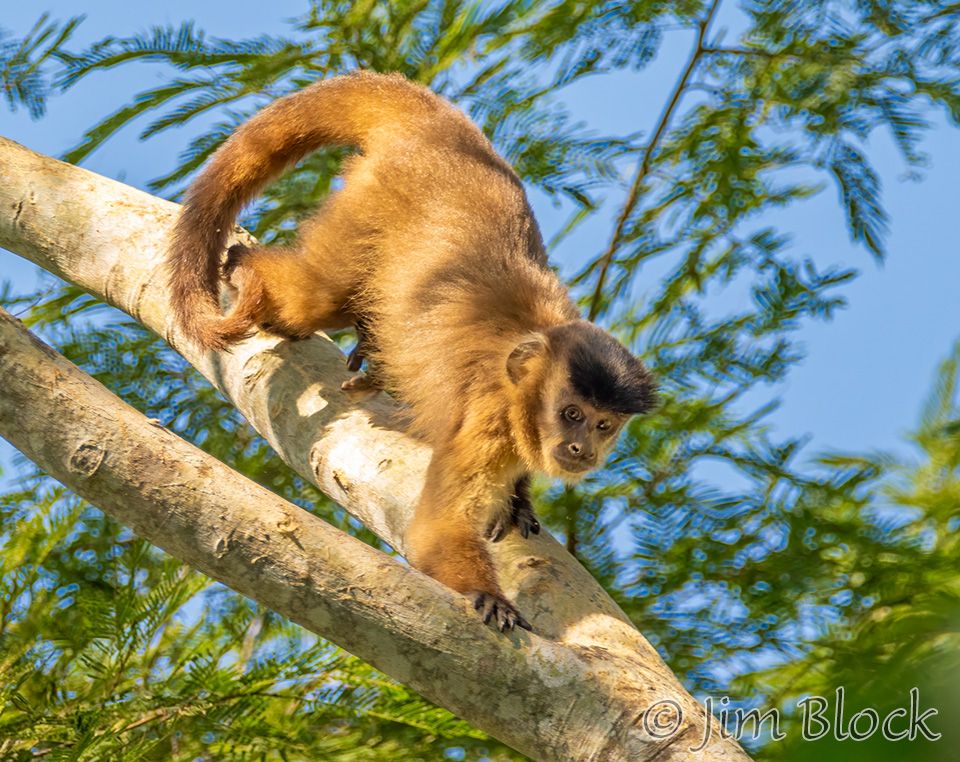
As the sun was setting, we photographed a pair of very cute Burrowing Owls.
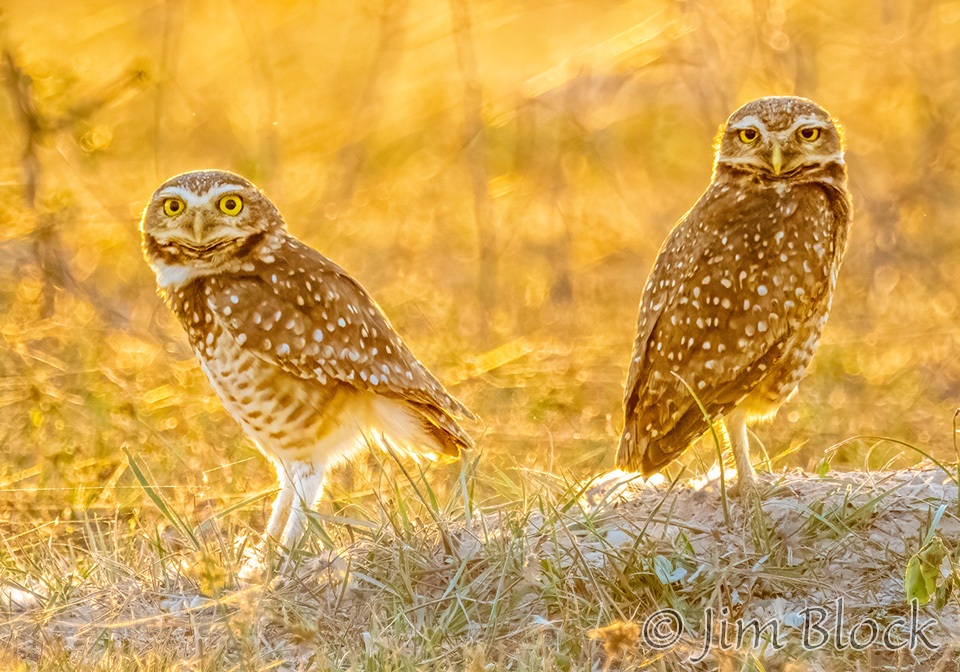
Day 3
Before breakfast we headed out into the fields with horses, a bull, and mosquitos and found two Great Horned Owls.
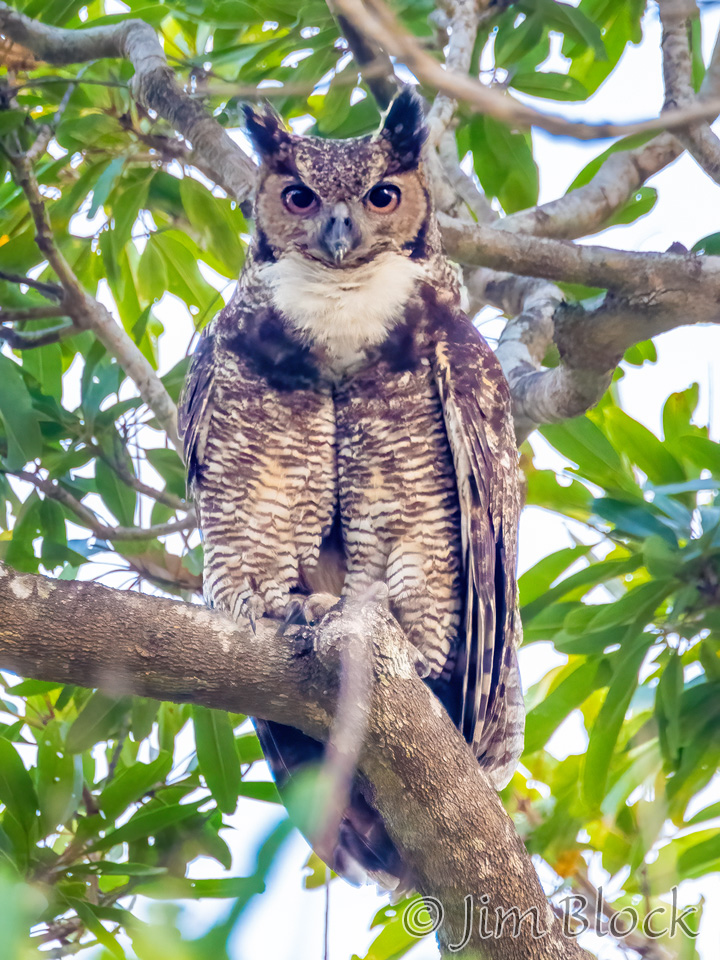
I did not notice the two chicks in the nest until I posted this photo.
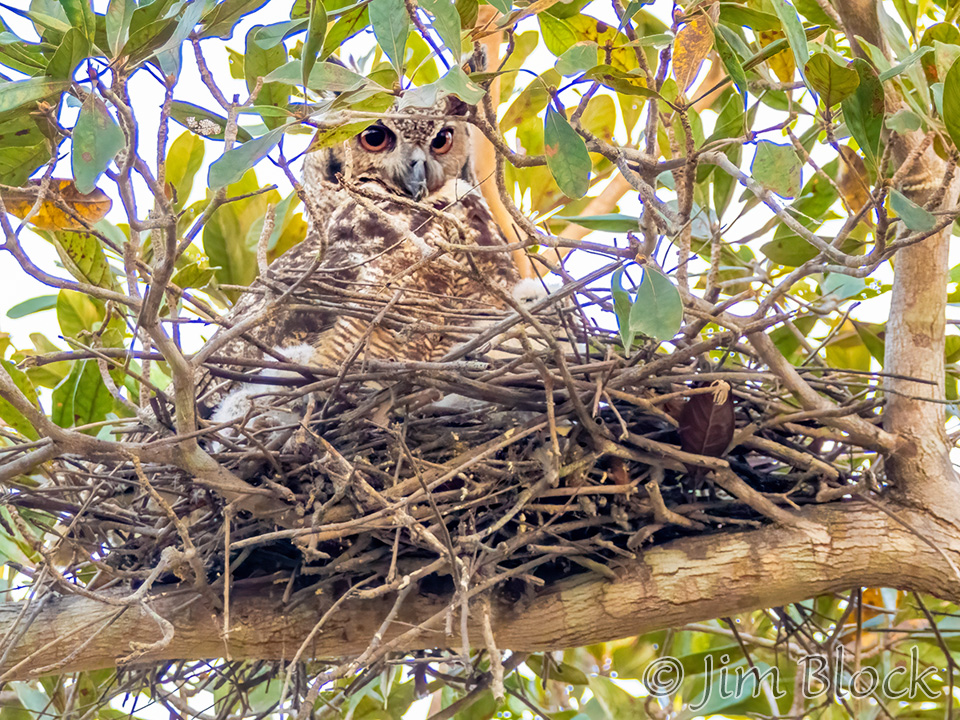
Heading back to breakfast, our local guide, Fisher, who is a great naturalist, showed me a nicely-perched White-headed Marsh-tyrant. I believe I was the only one to get a photo of this beautiful female.
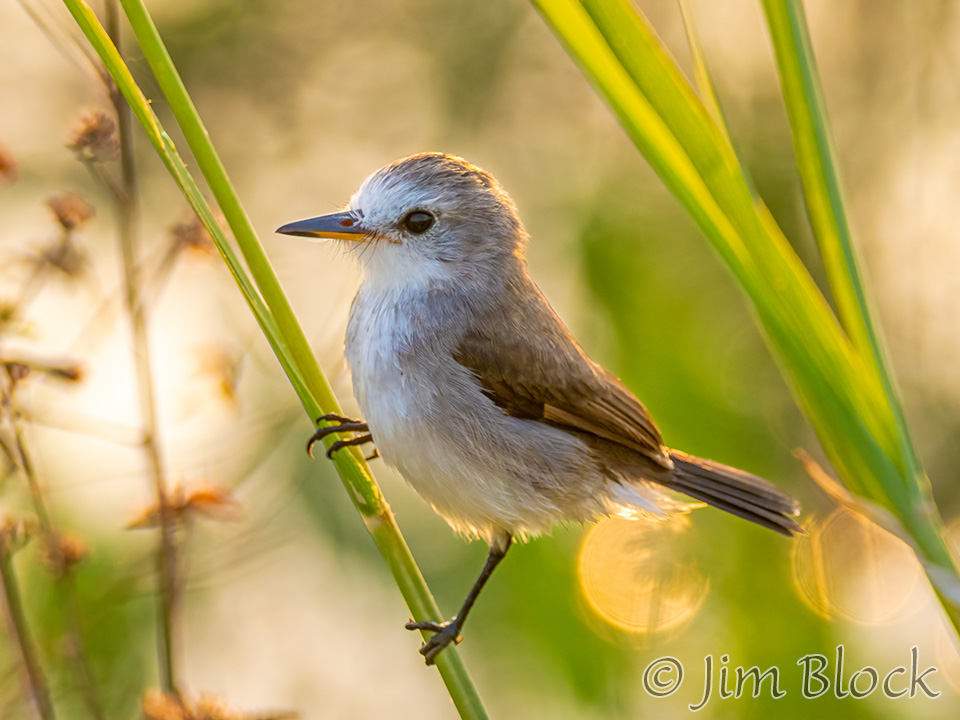
Before leaving for the next lodge, we posed for a group photo passing cell phones to a volunteer photographer. Left to right are: our bus driver, Curtis from Hawaii, Fisher from Cuiaba, me, Kamilla from Czechia, Pietro from Montreal, Petr from Czechia, Juraj from Czechia, and Ernest from Austria.
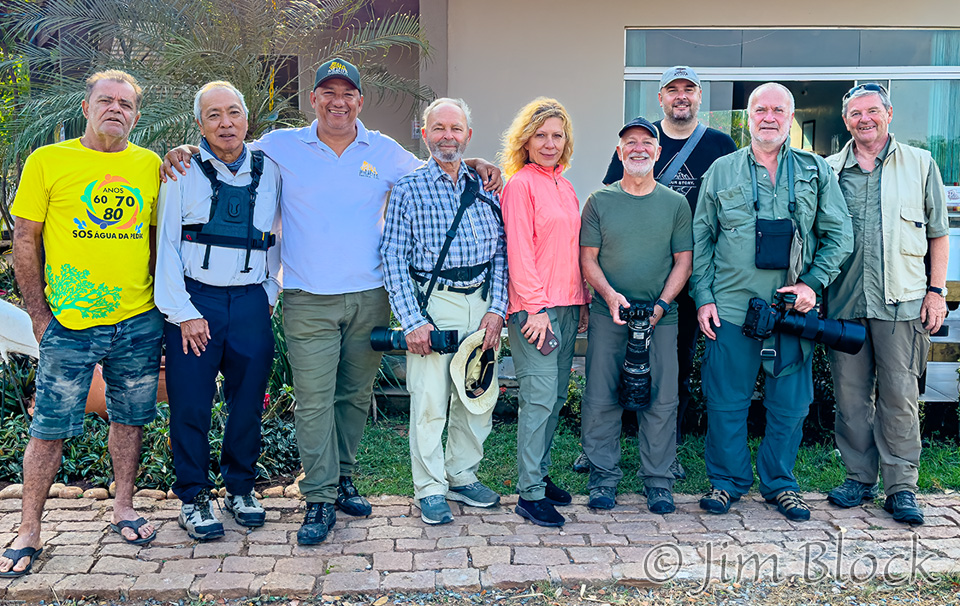
We stopped at the “second bridge“ along the Transpantaneira, a great location we would visit two more times at dusk during this trip. There we photographed many species including a Great Egret, a Ringed Kingfisher, and a Peach-fronted Parakeet.
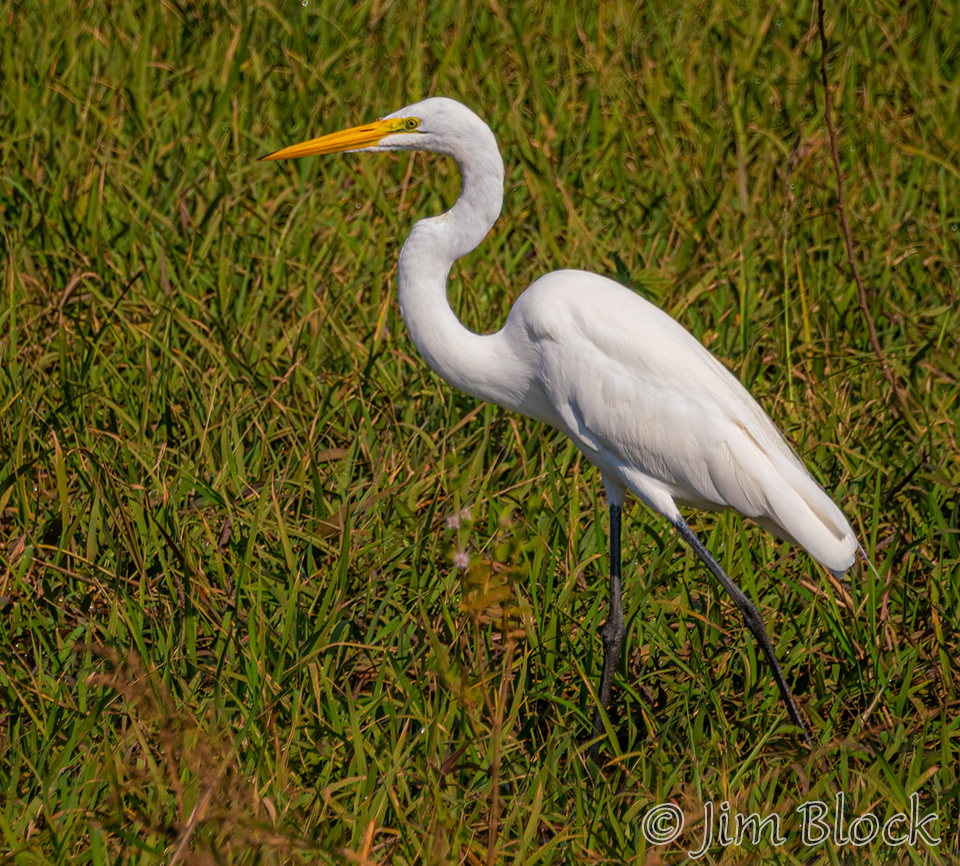
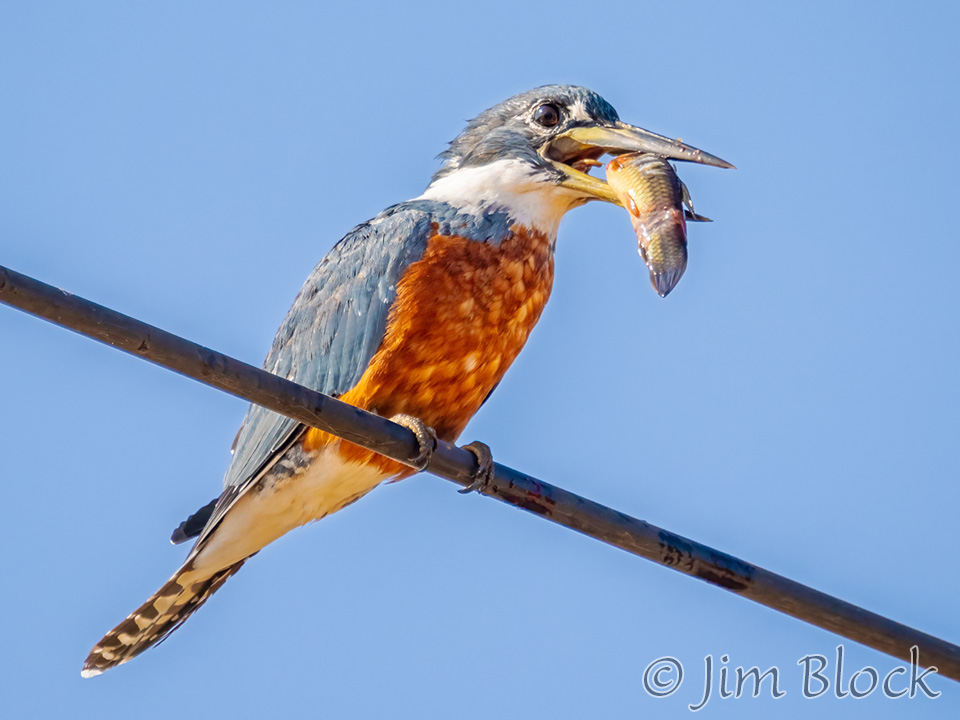
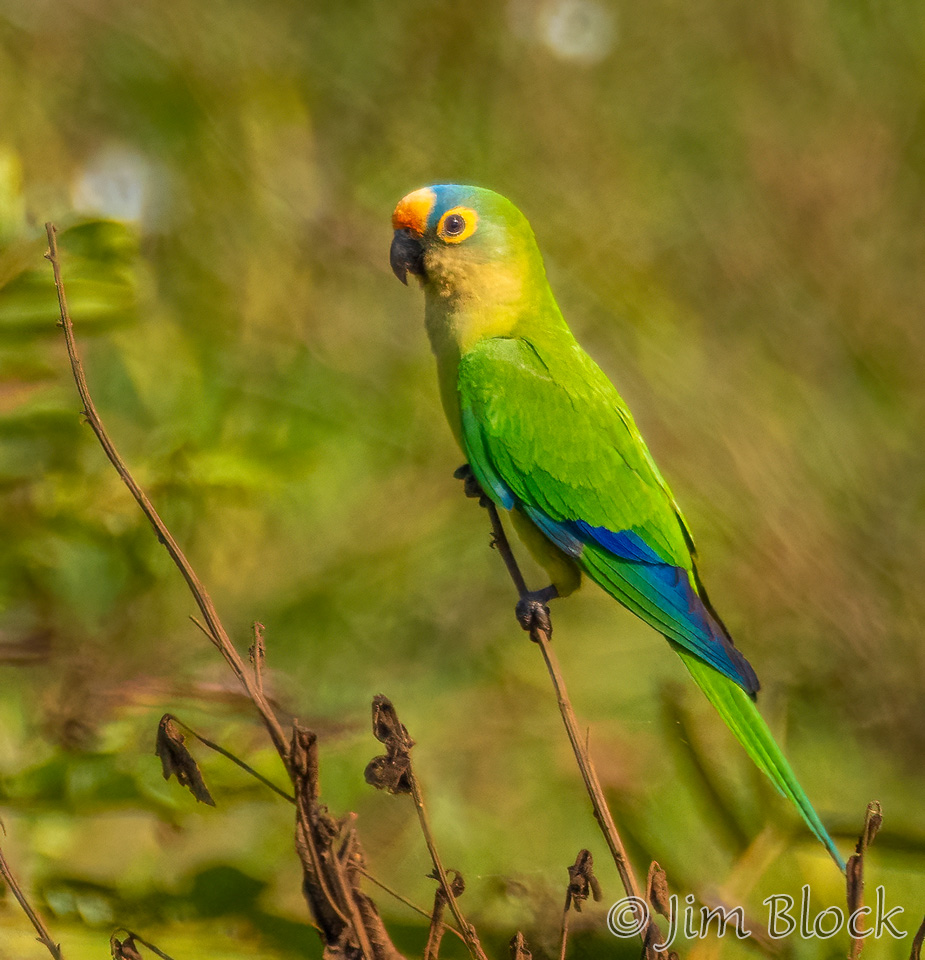
Along the entrance road to our second lodge I took a photo with my iPhone of a six-foot long Yellow Anaconda.
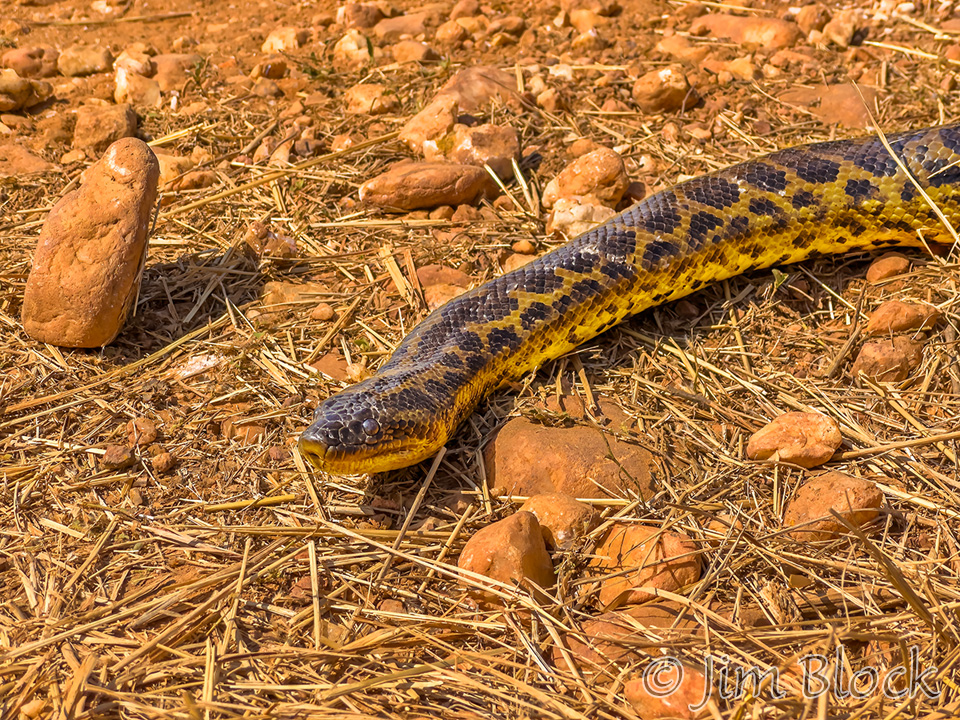
Even before checking-in we got a close-up look at a Blue-and-yellow Macaw.

Hyacinth Macaw were nesting in a tree near my room.
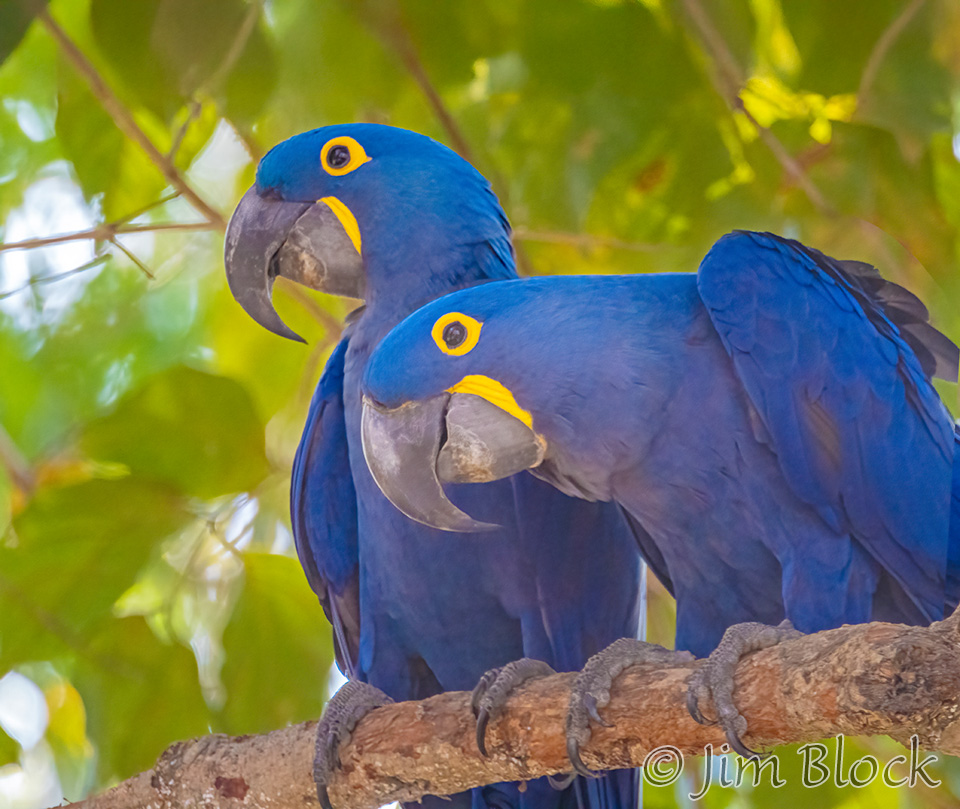
At a small pool back up the entrance road, I photographed a Sunbittern.
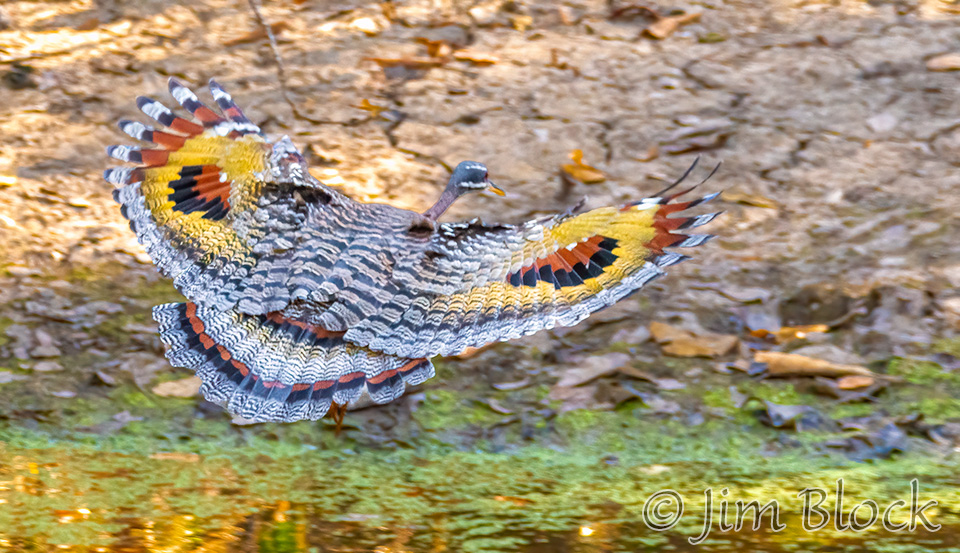
We also got in-close looks at a Southern Crested Caracara.
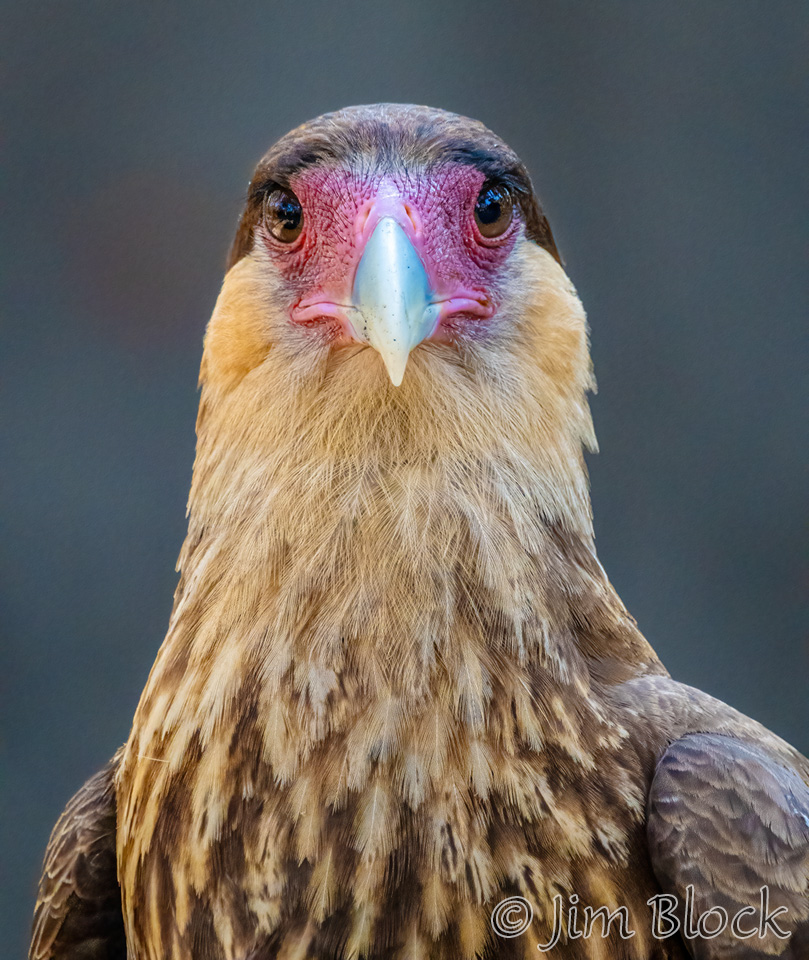
Day 4
We took a boat ride on a small river before breakfast, and I photographed our first Black-collared Hawk — a beautiful raptor that we would see often.
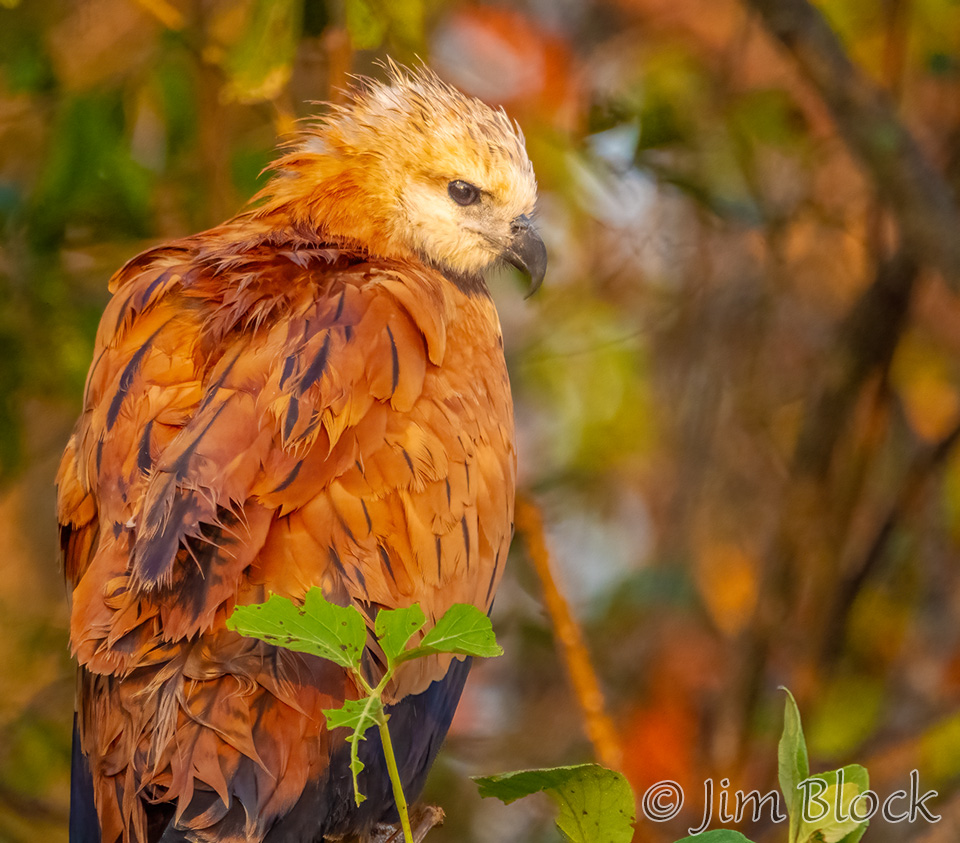
Also along the river was our first Black-capped Donacobius.
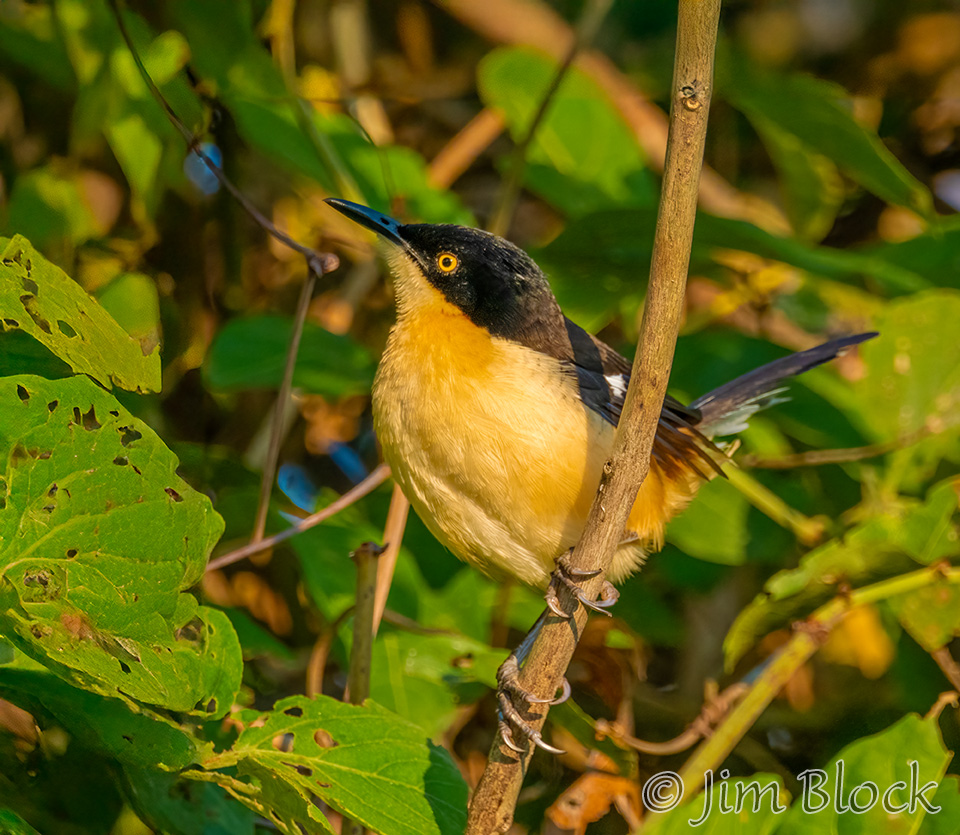
Petr choose this lodge because is it only one of a few that has anything resembling forest. After breakfast we hiked a trail through woods and found a dramatic bird, a Helmeted Manakin.
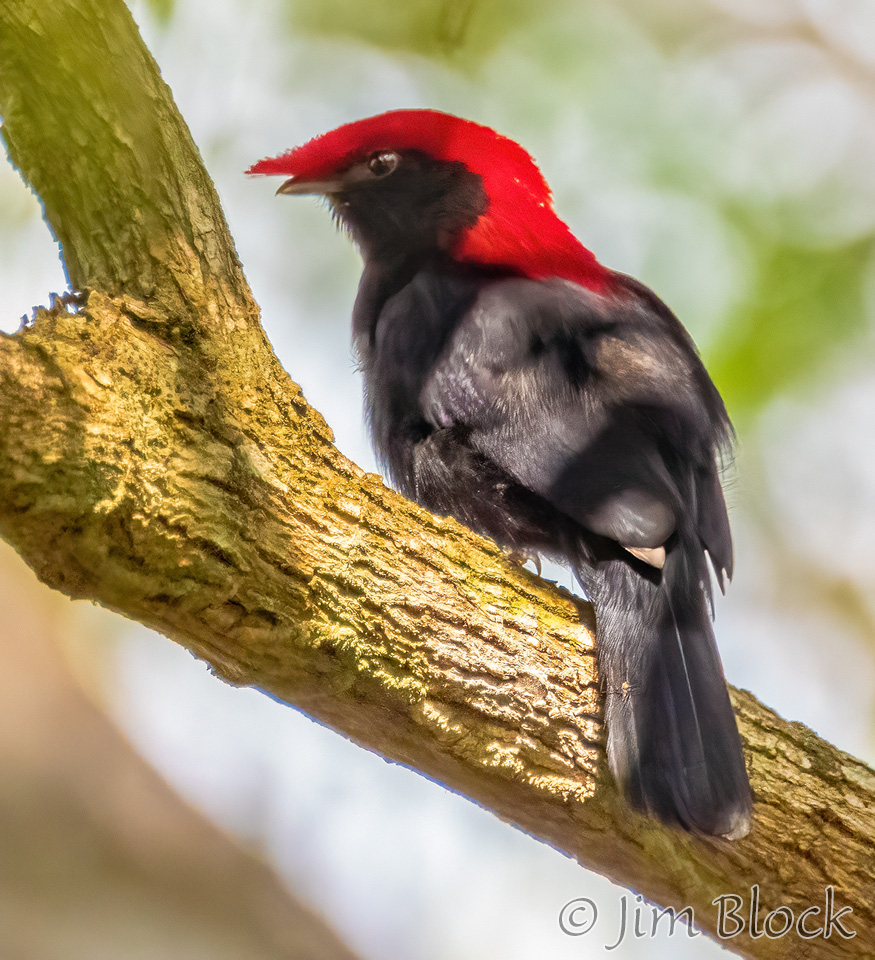
And then our first Rufous-tailed Jacamar, a stunning bird that looks a bit like an oversized hummingbird.
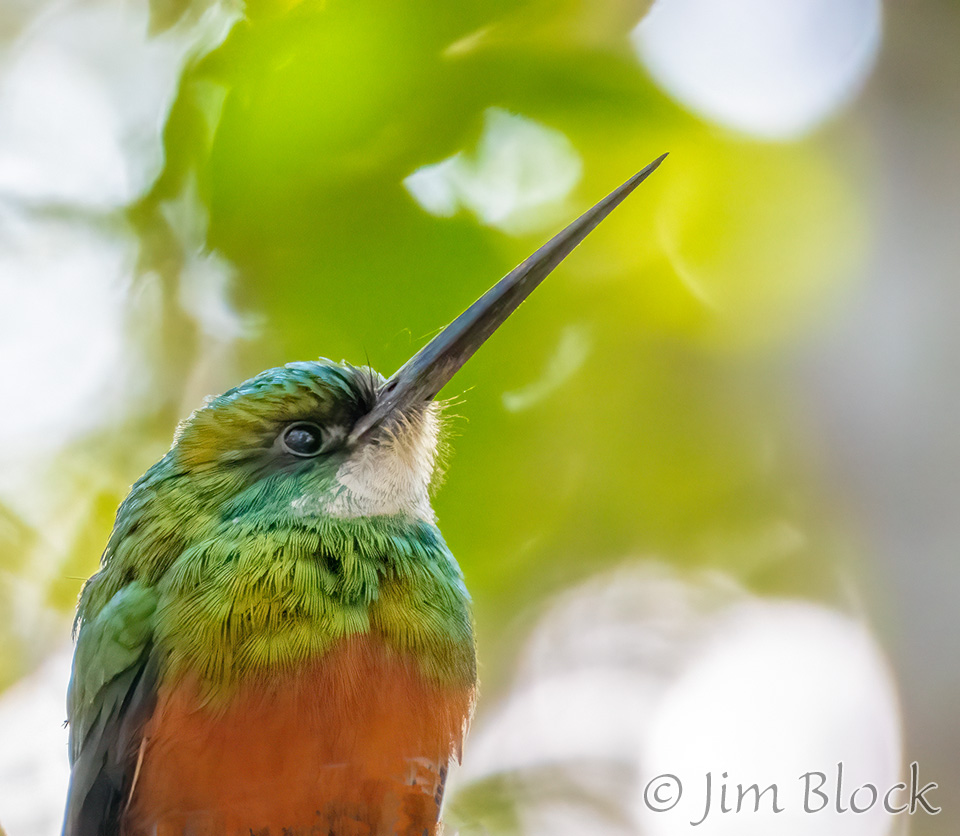
We returned to the “second bridge” and photographed from late afternoon until after sunset. Here are a few photos.
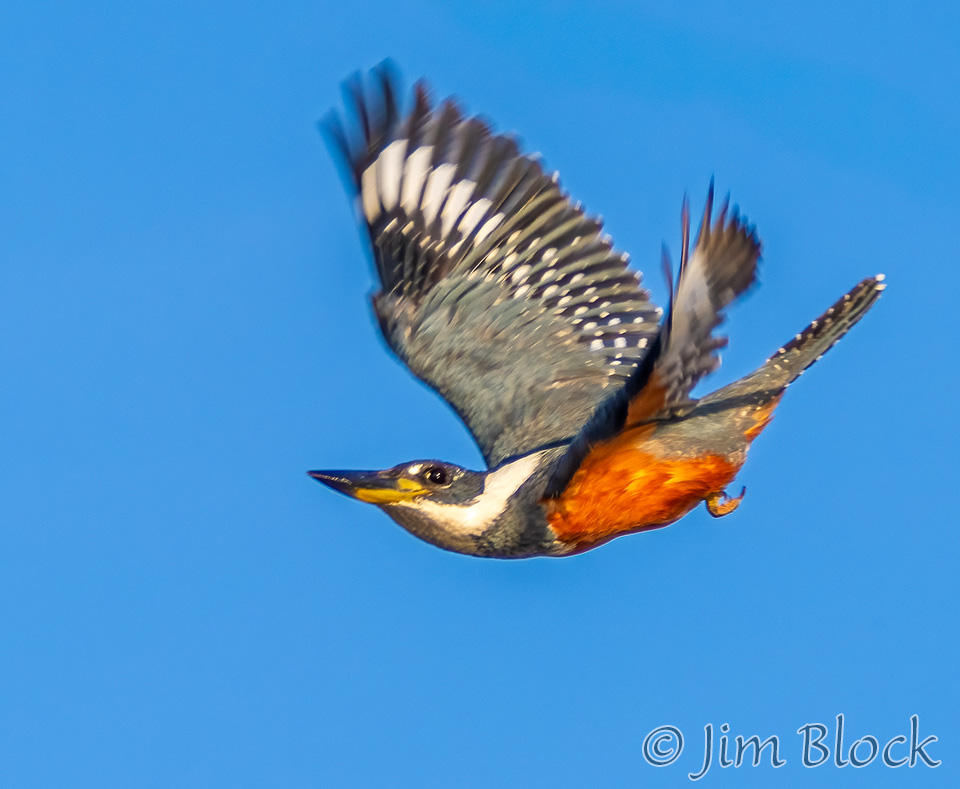
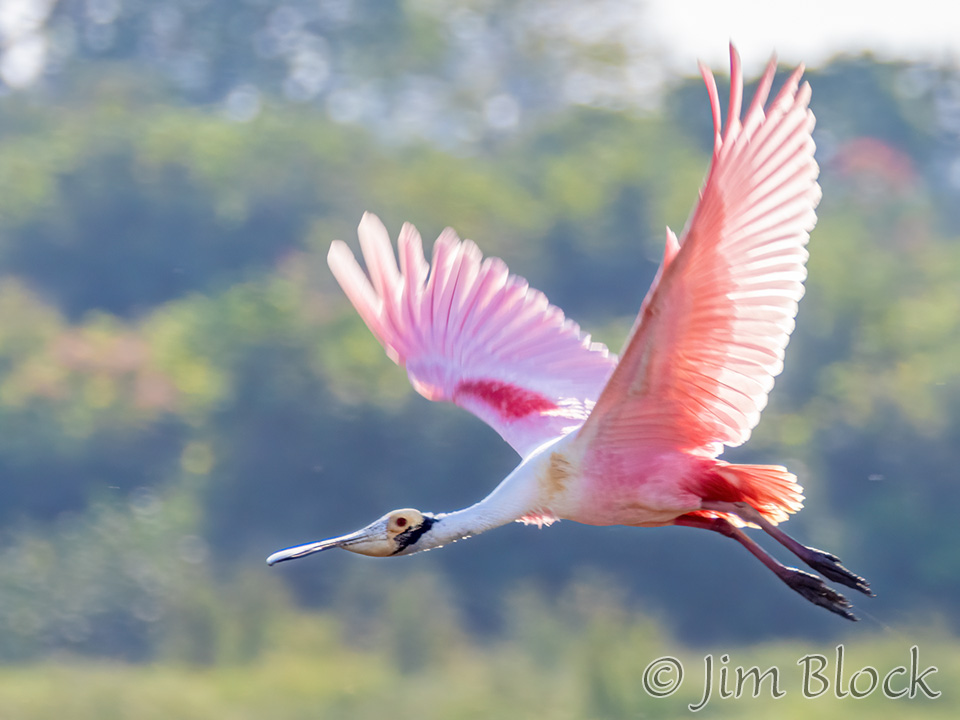
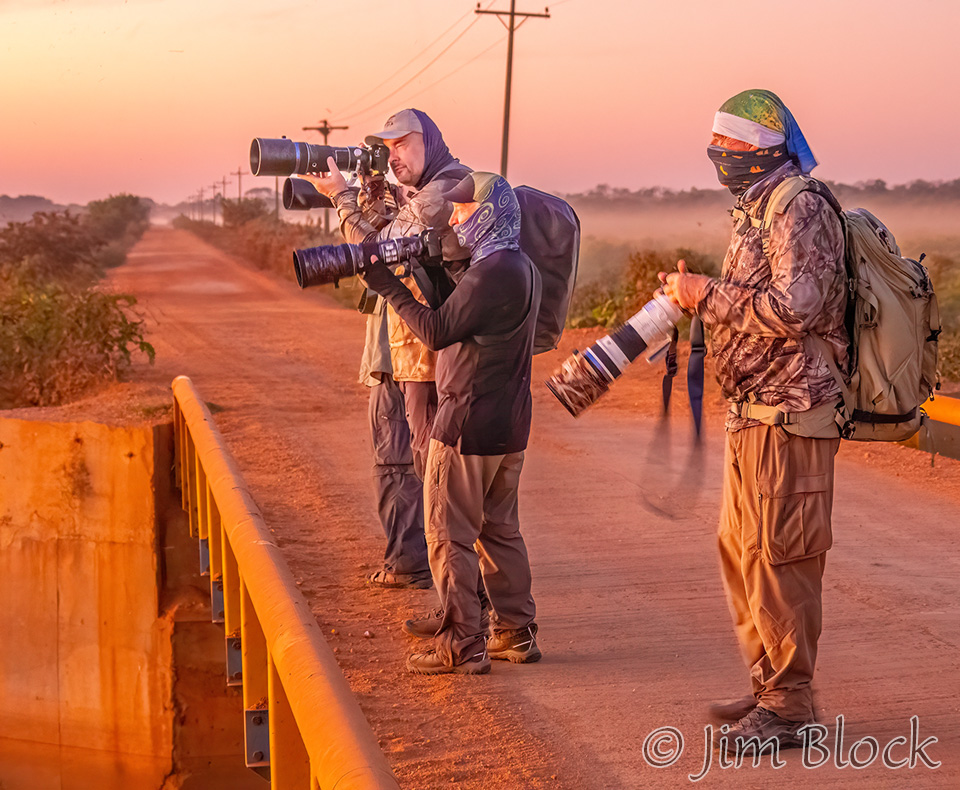
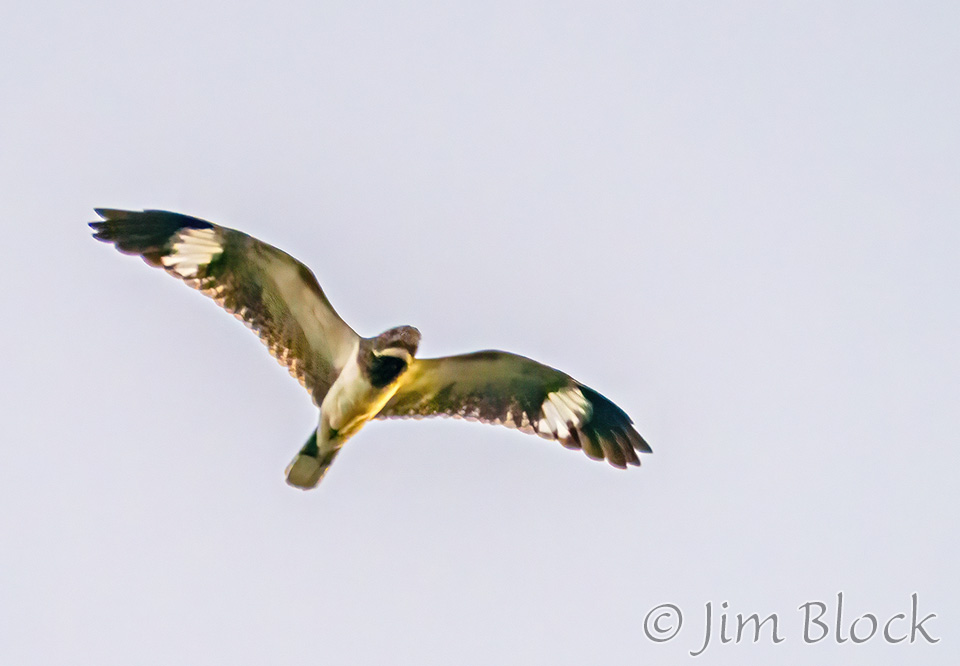
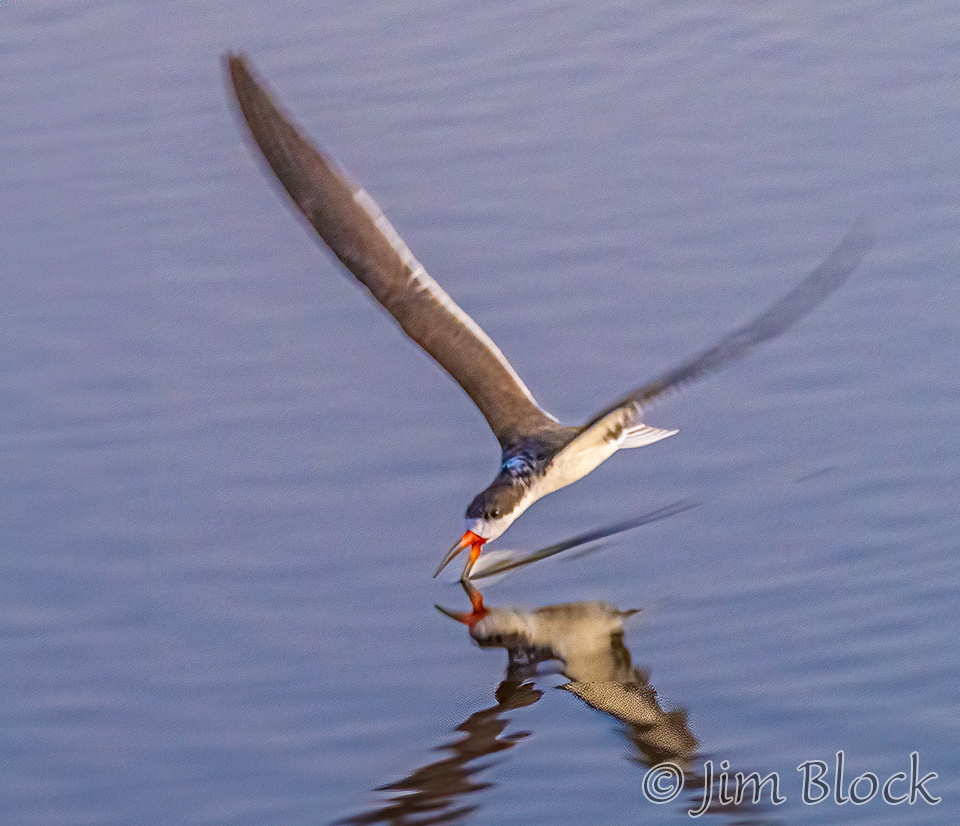
Day 5
After breakfast I photographed Turquoise-fronted Parrots before we moved to our next lodge.
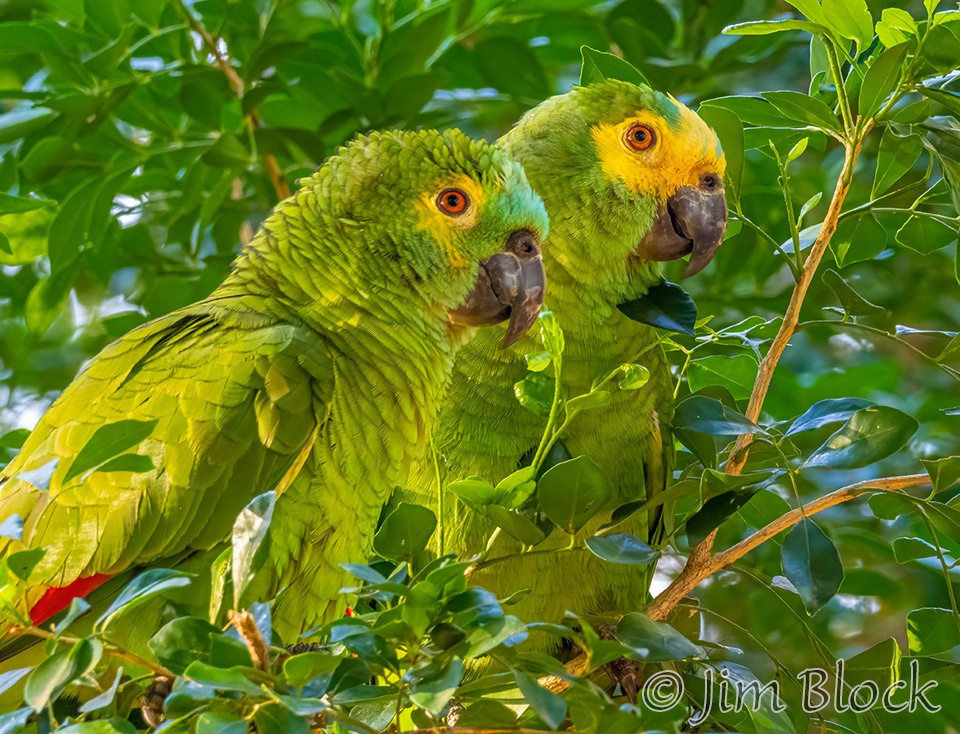
Also a strange-looking Chestnut-eared Aracari.
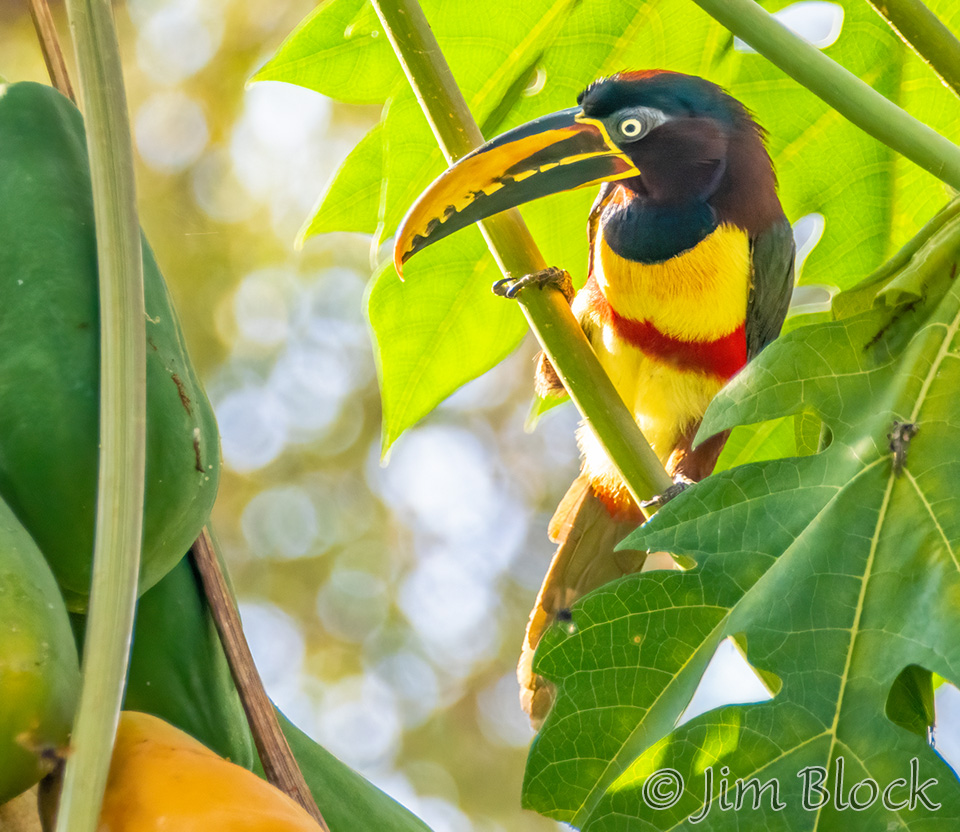
At our next lodge we found two cardinal species.
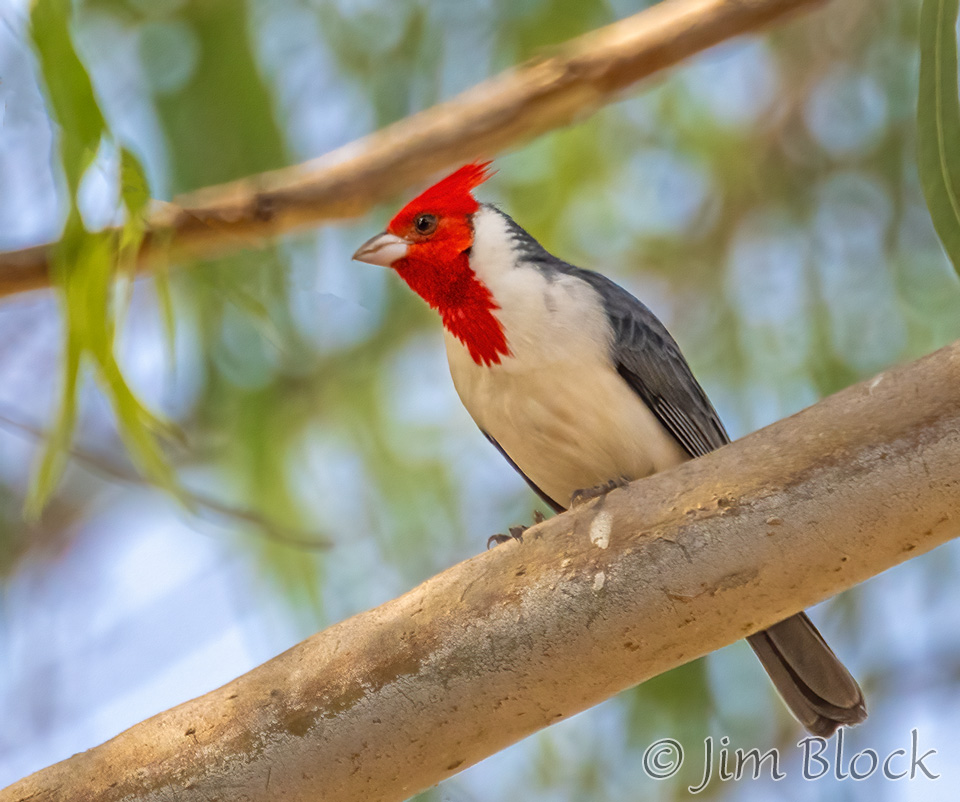
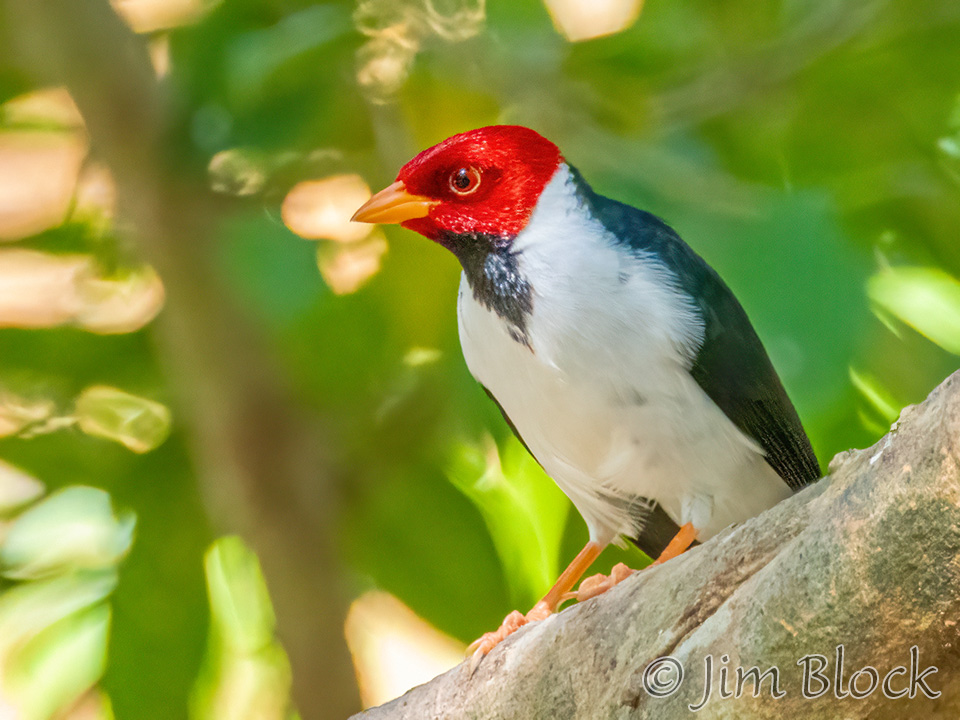
This lodge featured a Jabiru Stork nest. As soon as I saw it I vowed to come back after dinner to use it as a foreground object for a Milky Way photo. We would only stay one night at this lodge so I only had one chance — and in a short window before the moon rose.
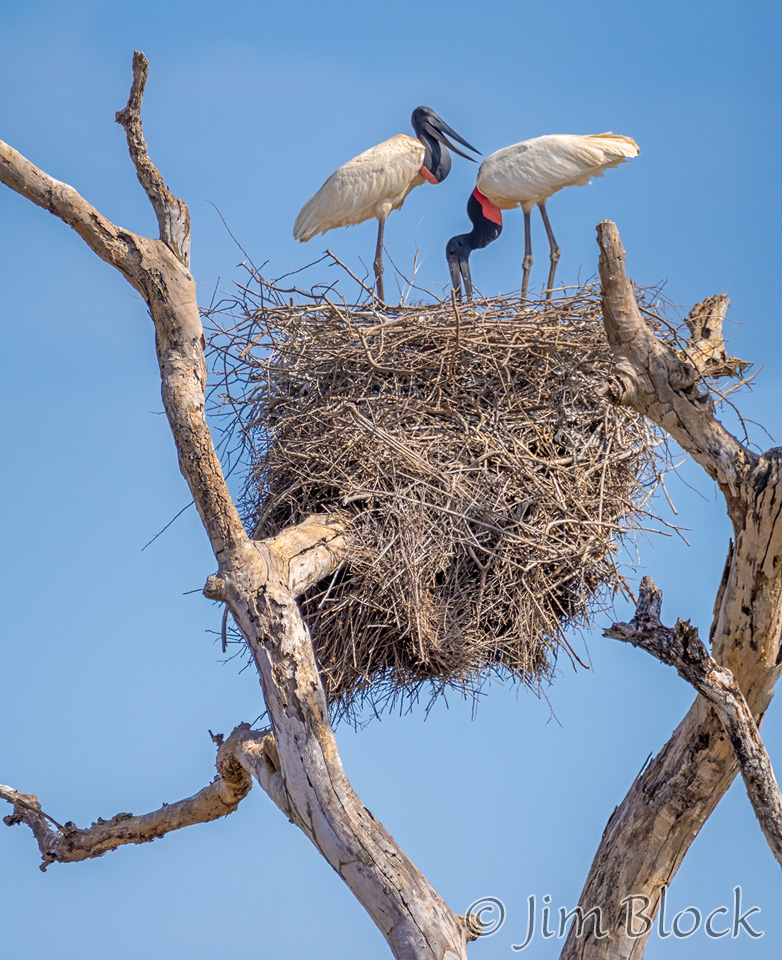
On a river trip I took a photo of a Black-collared Hawk that clearly shows how it got its name.
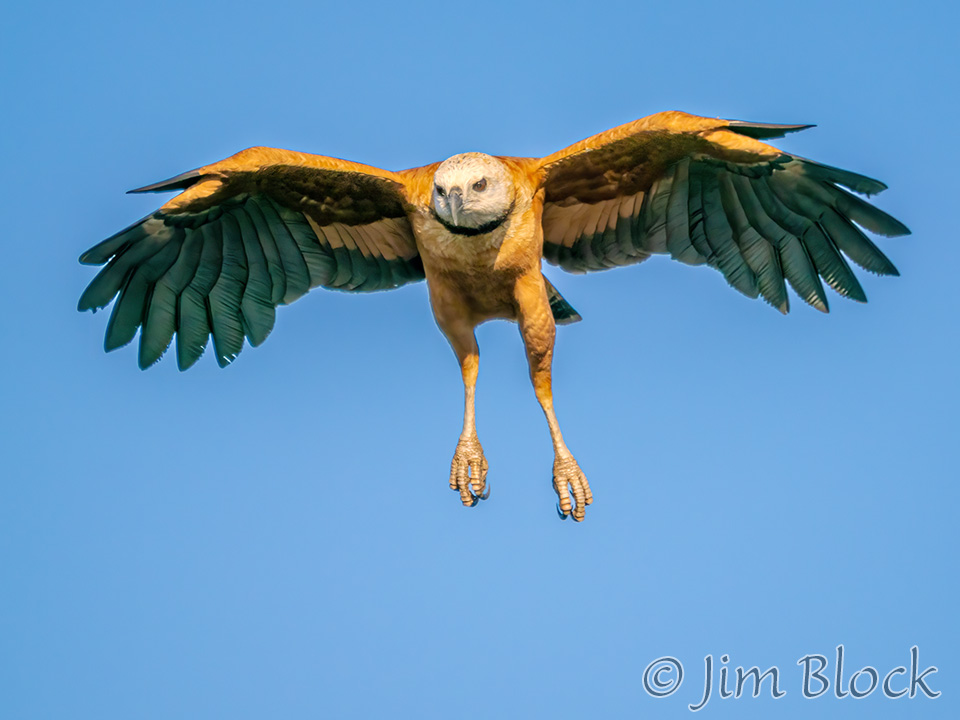
A Cocoi Heron grabbed a fish.
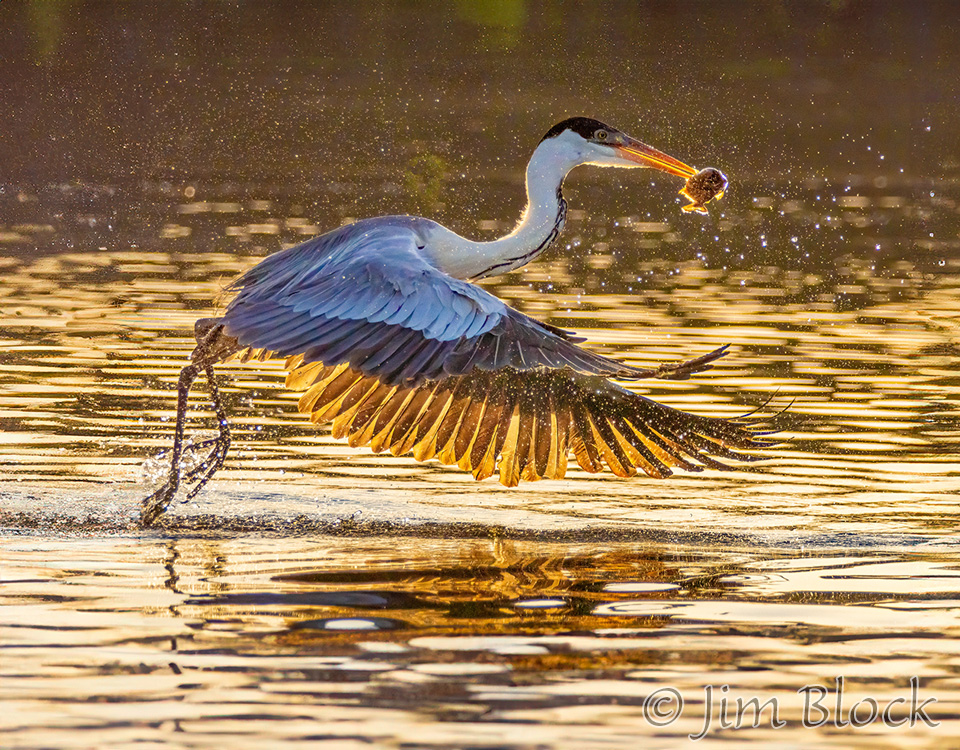
And I succeeded in getting the Milky Way. This is a nine-photo panorama. The mosquitoes were vicious, but I tried to ignore them.
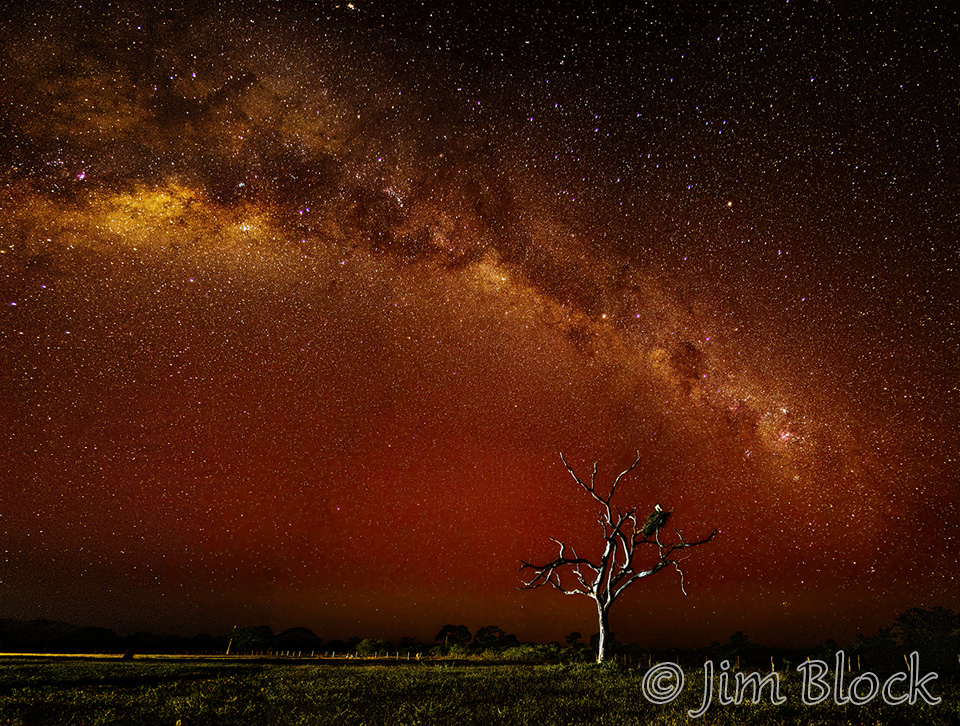
I hope you will visit the pages that describe the First 5 Days in more detail. You can get to a link to see them if you
